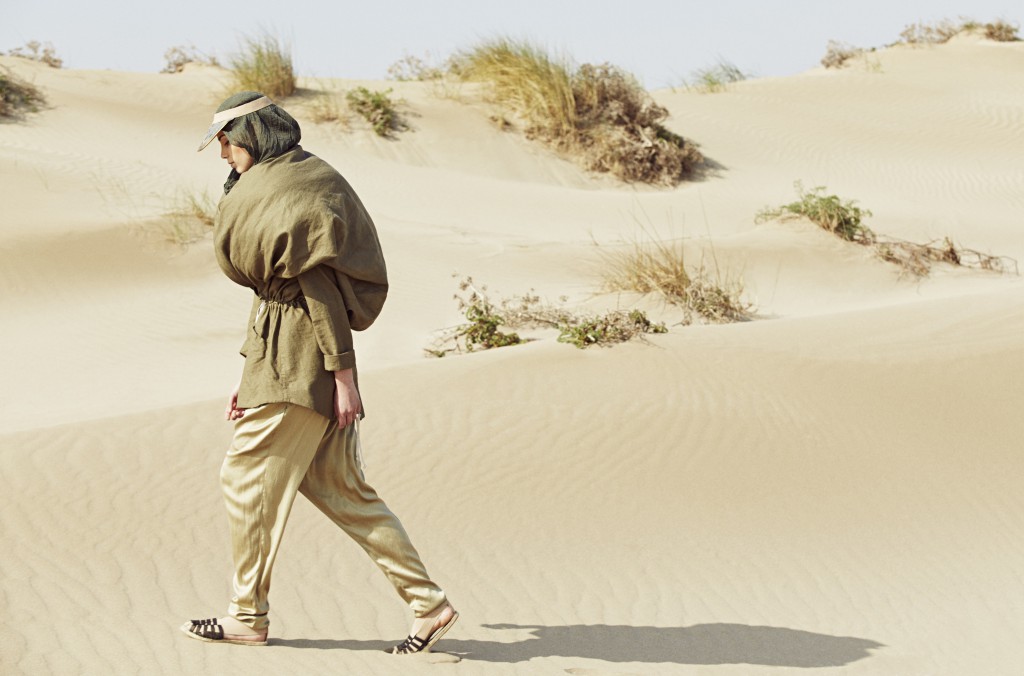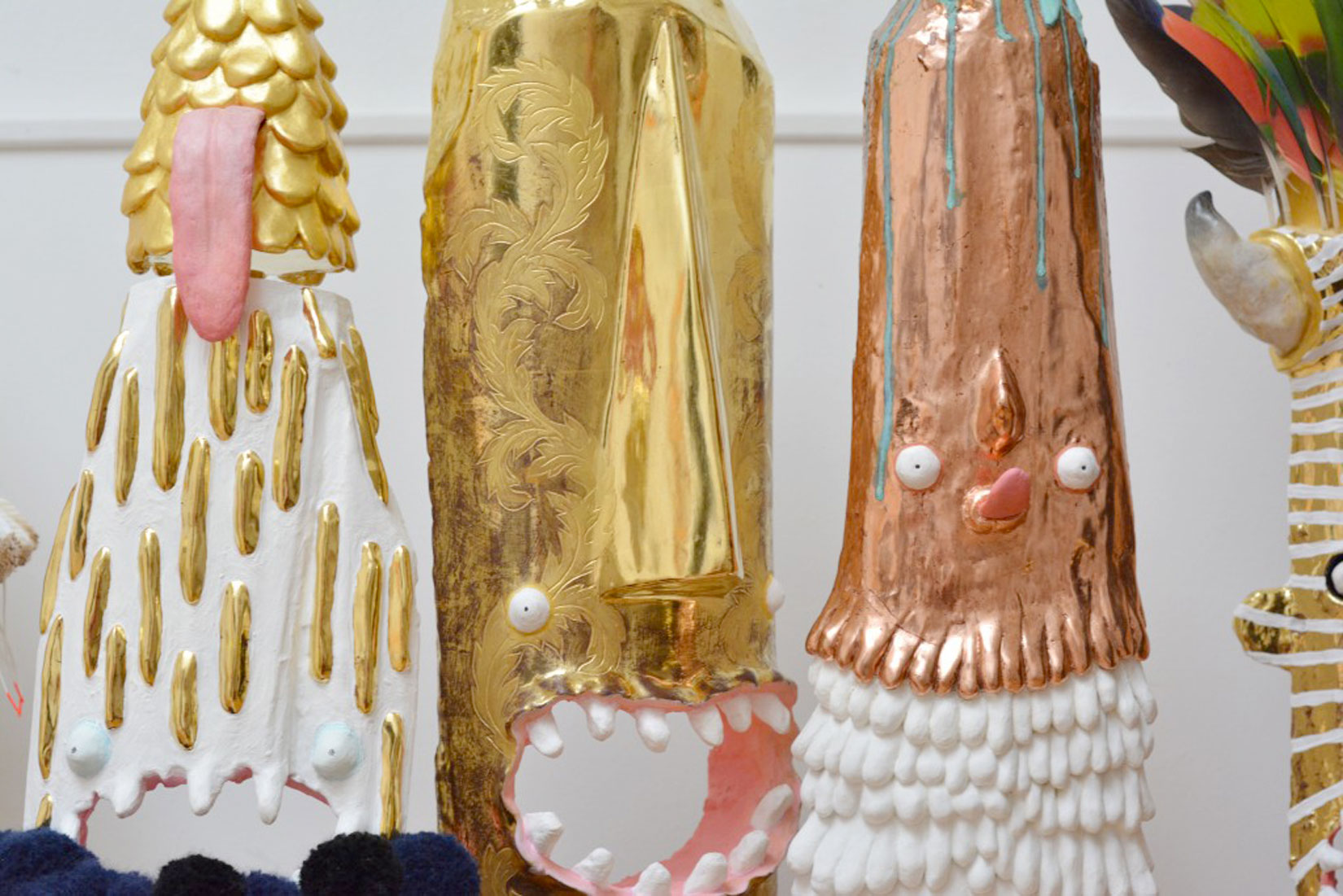Gratacós en la pasarela barcelonesa
Cocktail of vitamins
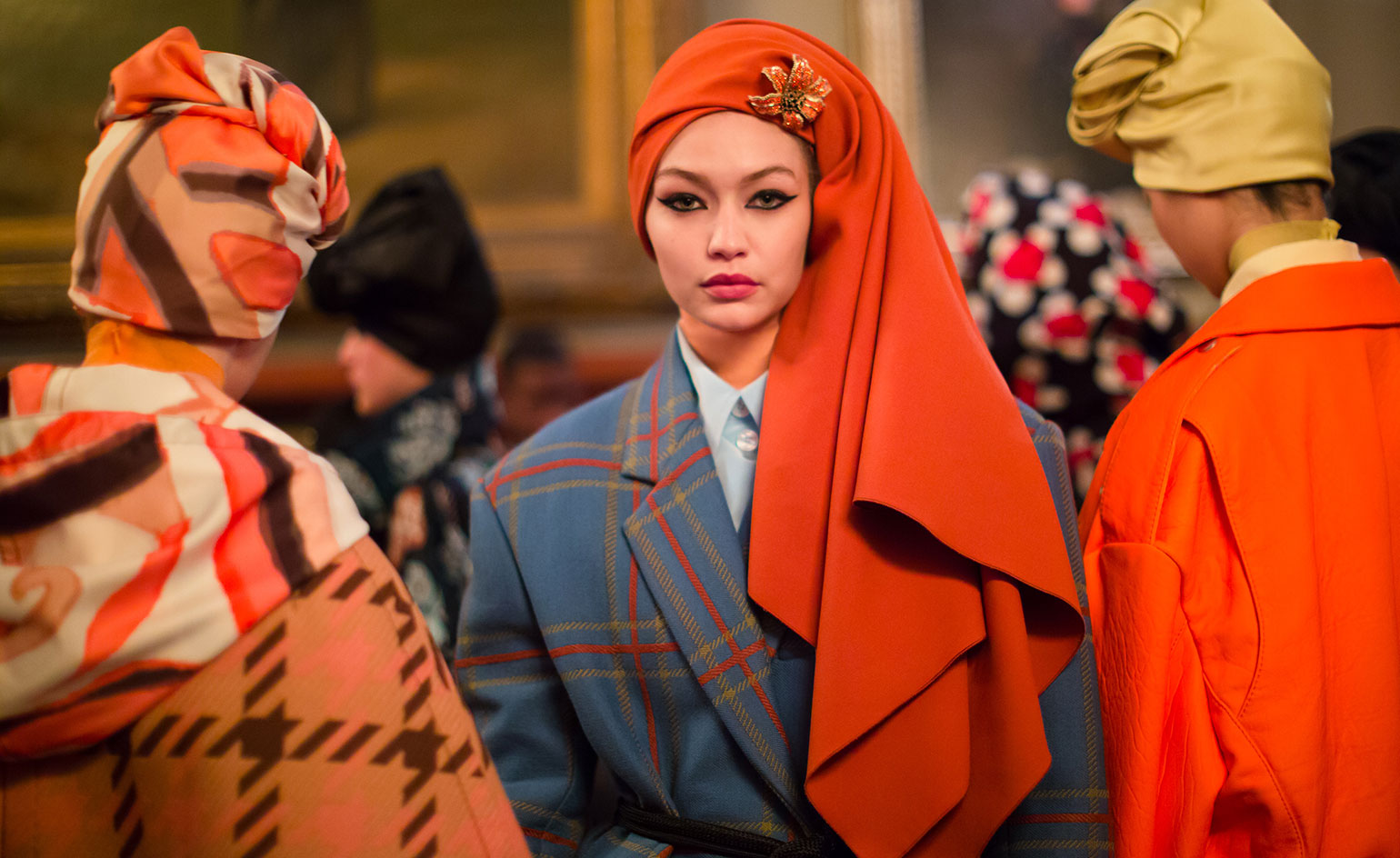
In fashion and speaking in general terms, what is the deal with us and orange? It is appealing to the naked eye, favours the skin tone and with its vitality lights up garments in neutral tones, brightening up any summer or winter look. Knowing all these goods traits, why are consumers so reluctant to bet on this colour? Hereunder, we position orange in the place it deserves.
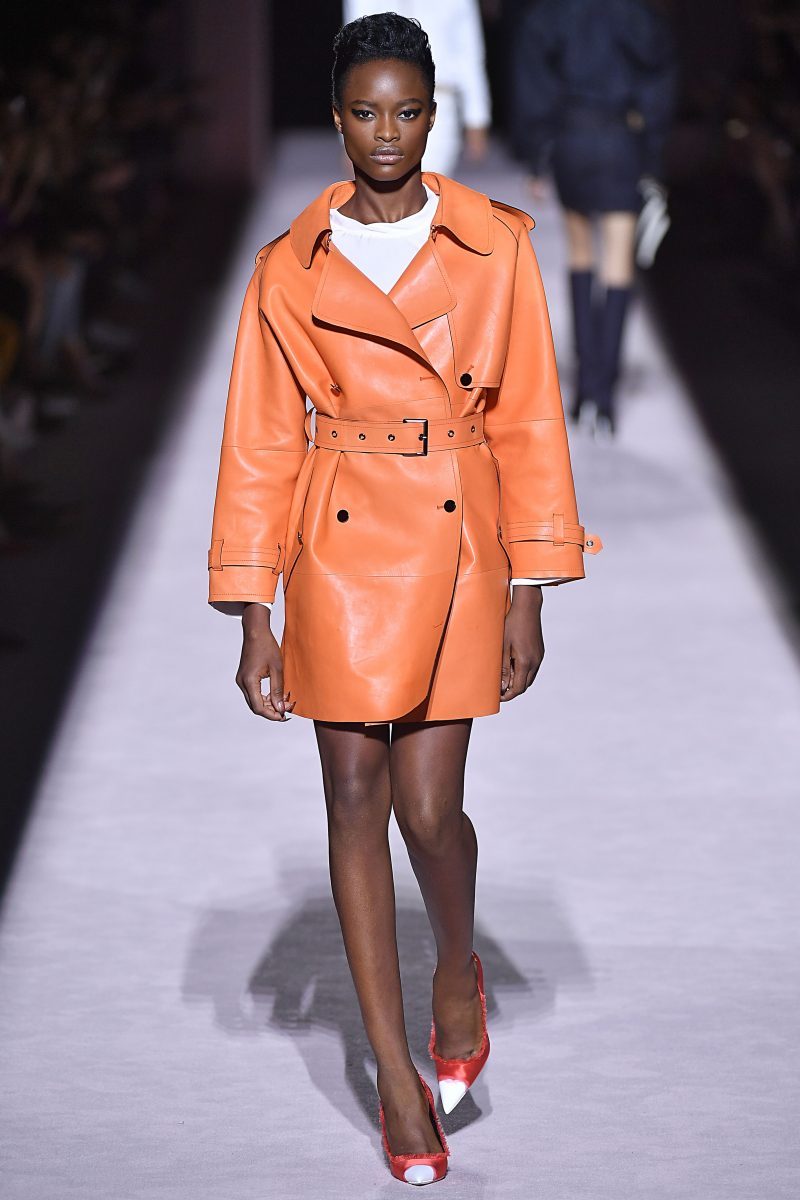 |
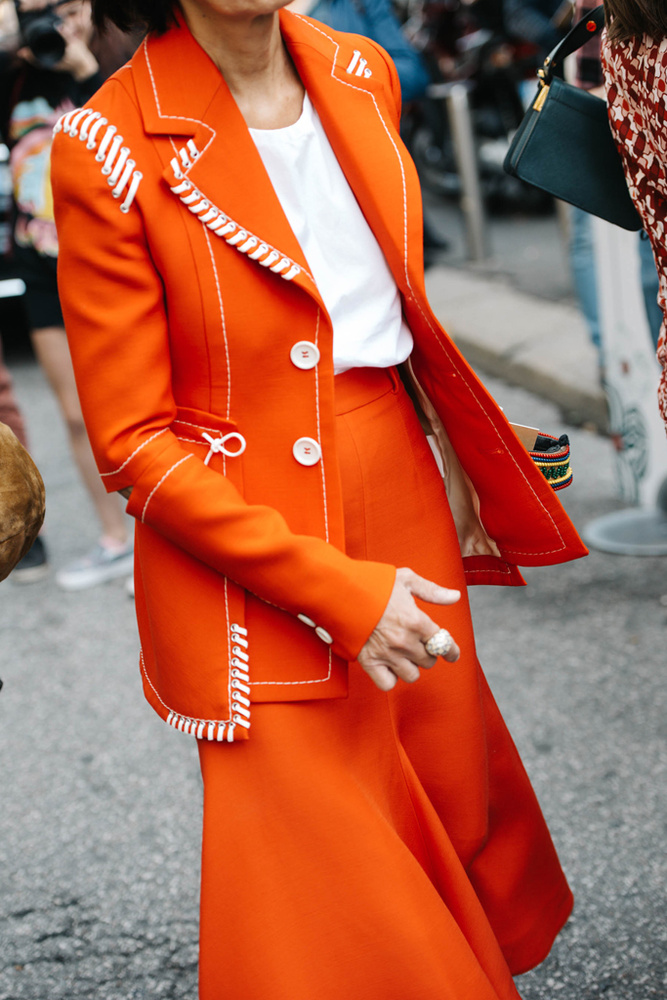 |
It is true, orange is not an easy colour to carry off and the excess of stridency that the hottest tones sometimes entail, makes it difficult to mix with the majority. However, there are many celebrities and professionals in the industry who have opted for this tone so far this year in the street style of the main fashion catwalks. And if the sector has surrendered to radiant yellow, the hardest tone of all, why would the same thing not happen to orange?
 |
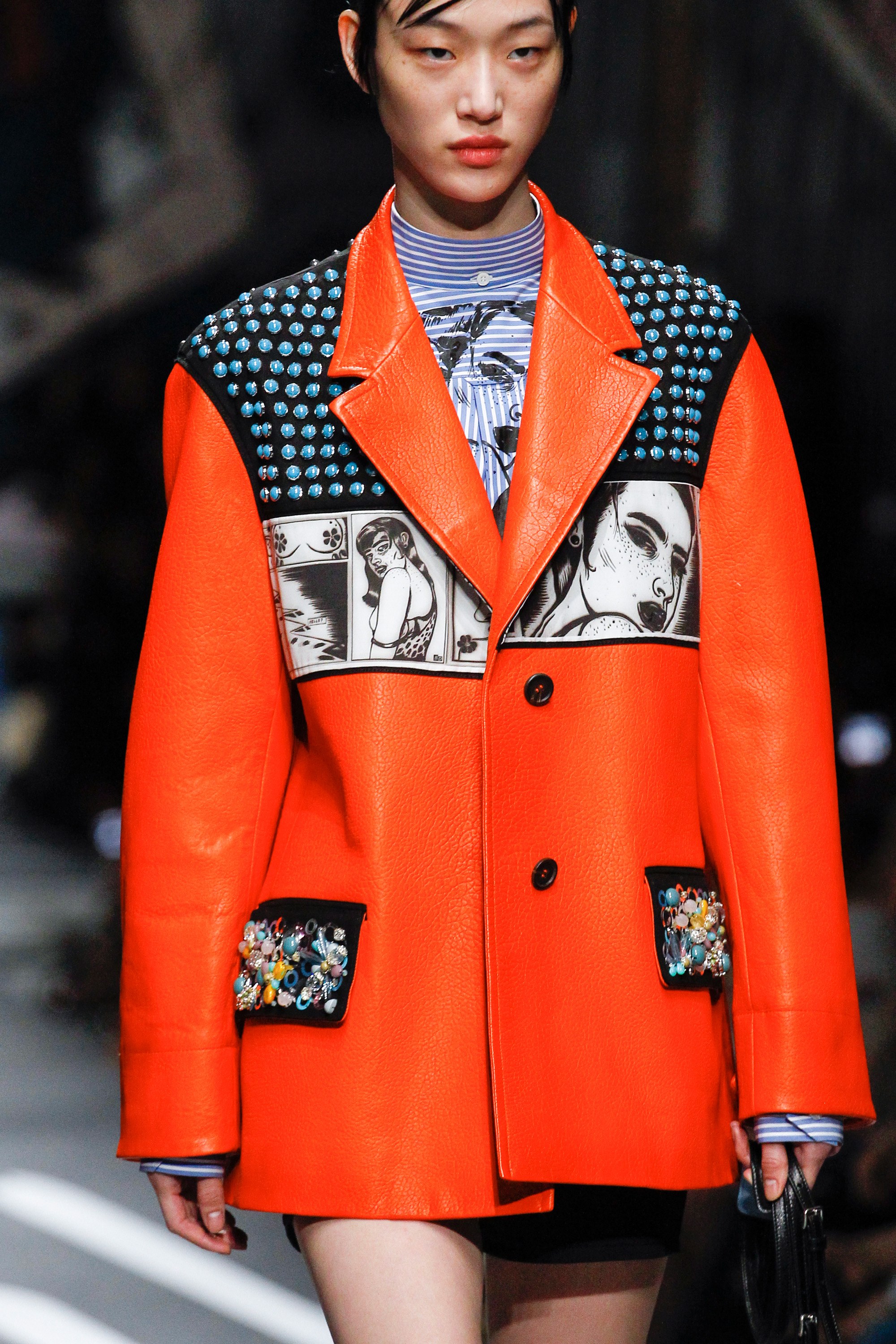 |
Orange is a warm color that radiates enthusiasm, energy, joy and freshness. It is the tone that is linked to creativity, fun, triumph and spontaneity. A tone that can be vibrant and dull in turn, without losing all of its attributes. This Spring- Summer 2018 season, the colour that has dominated the catwalk, according to Pantone is called Safety Orange. A striking and bright tone, which pulls towards neon and attracts everyones attention. A colour ironically translated into “security orange” that contrasts with the rest and rarely goes unnoticed, tos ay the least it is practically impossible. Firms such as Jeremy Scott, Tom Ford, Adam Selman, Marc Jacobs or Calvin Klein have not hesitated to take it on stage.
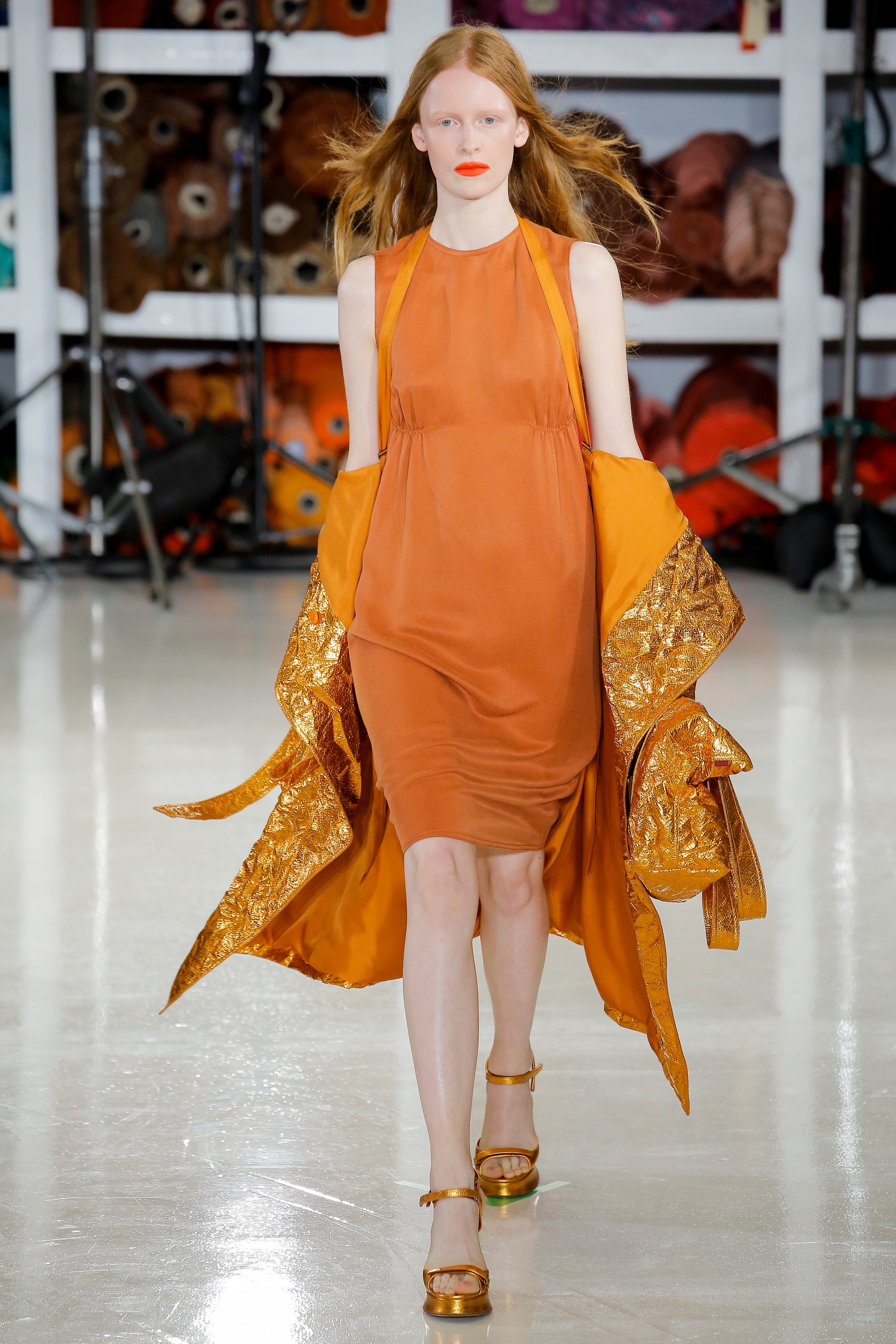 |
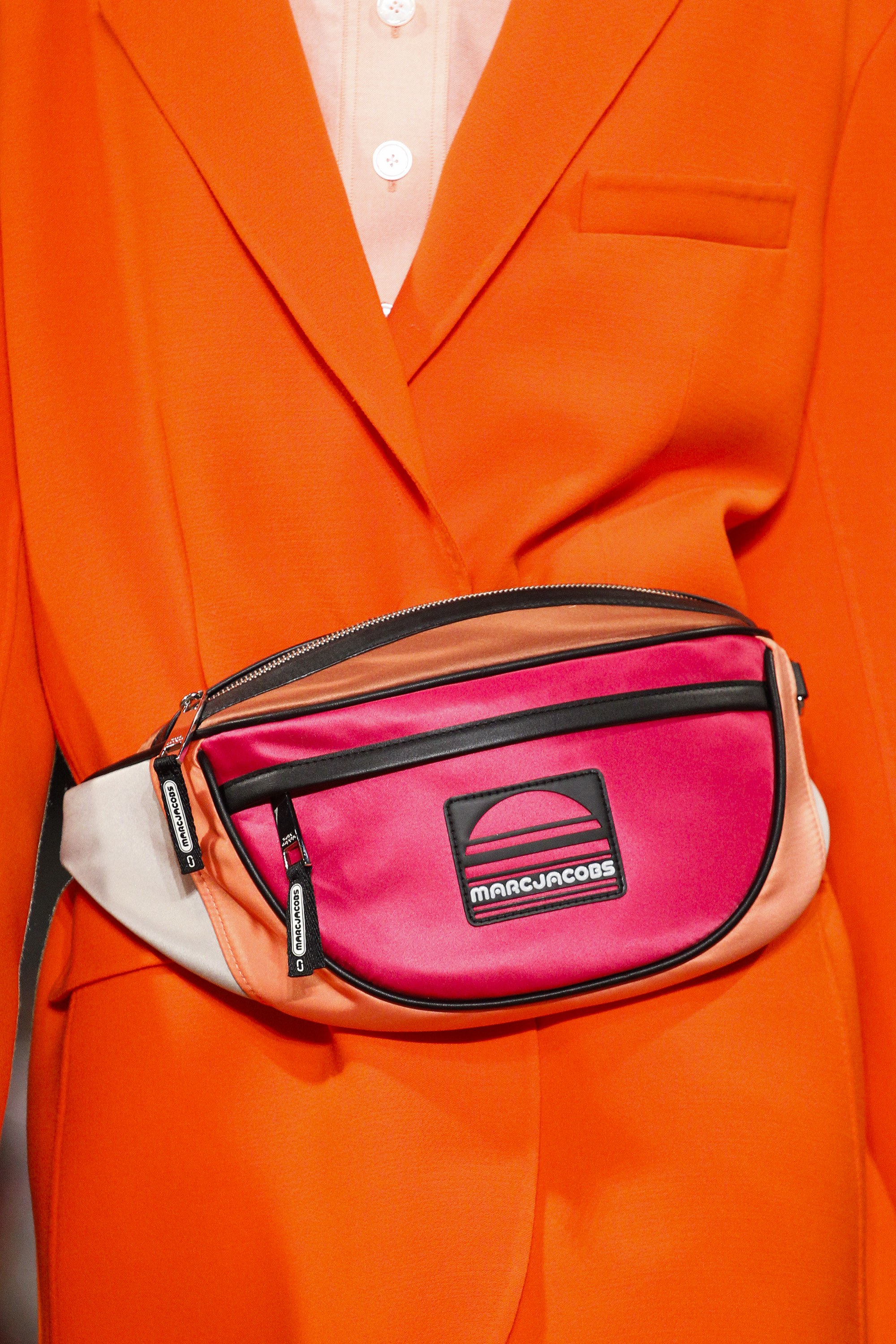 |
And how is it combined? The first and most daring option is to wear it in its total look version: from head to toe in the same tone or varying the hue to others more pale like peach: one bright garment mixed with a duller one. In this case it works with a long dress, jumpsuit or a two piece outfit. The most daring combination would be with fuchsia pink or Klein blue creating attractive colour blocks. The second option involves opting for an orange garment that is excessive and that highlights the whole look. The rest will therefore have to be combined with neutral tones such as nudes , earths, beige or rose so that they do not steal the garment’s protagonism. A good idea, for example, would be to opt for a jacket with soft textures or a printed blazer where orange is the main color. Orange also works very well with jeans and denim garments, adding that elemento of joviality and ease to any outfit. Finally, a combination that also works is to delegate this energetic color in a modest background playing only with accessories such as bags or shoes. Any detail counts!
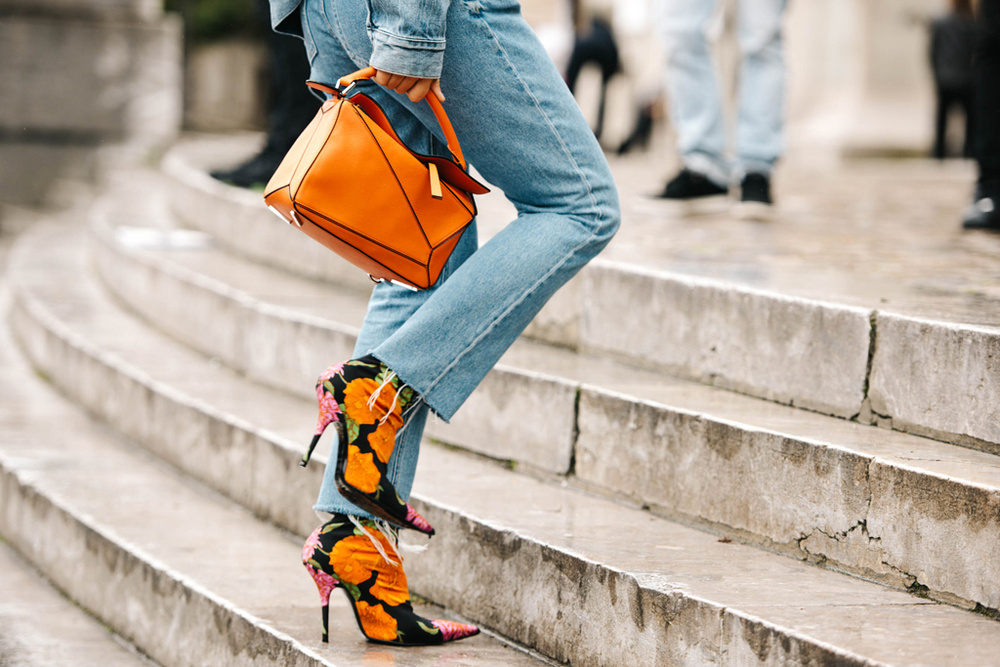
In Gratacós we like orange in any season. Whether it be in its most lit up version in silks, tulles or chiffons, or in pastel shades in subtle jacquards or fine texture embroidery. We also like prints where orange intermingles with other colours in the form of flowers, stripes or fantasy prints , to cite a couple of examples. We invite you to discover the whole selection!
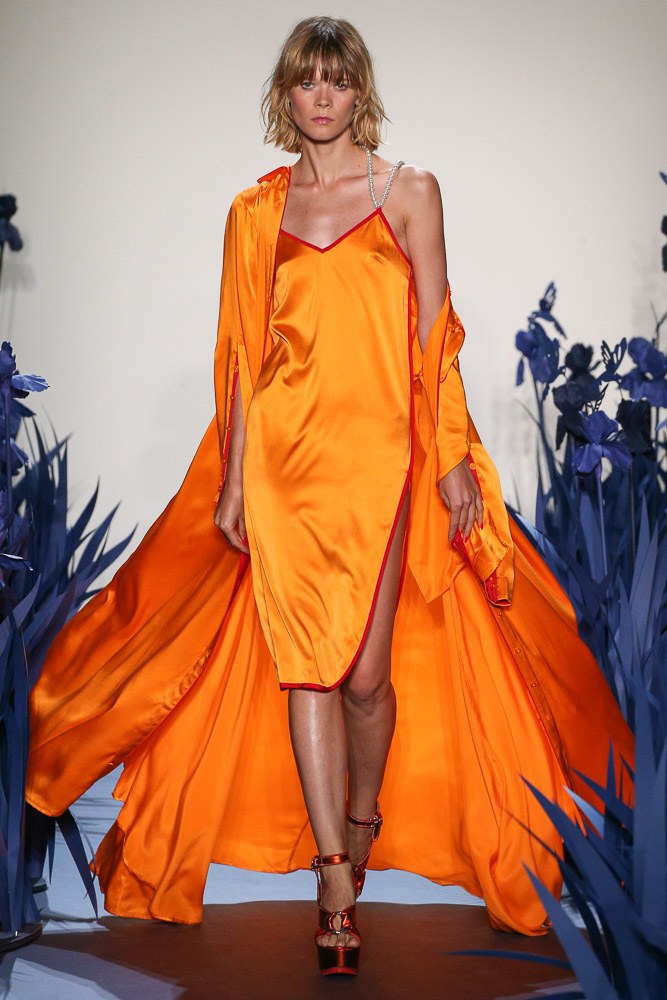 |
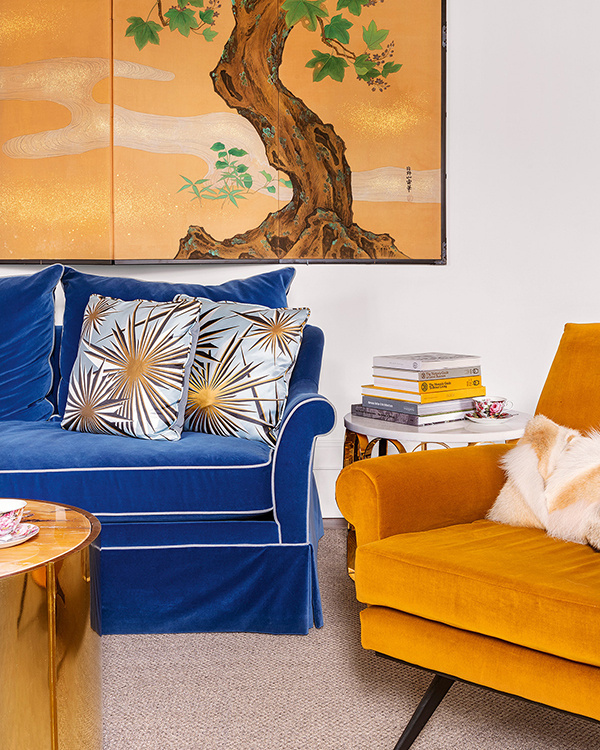 |
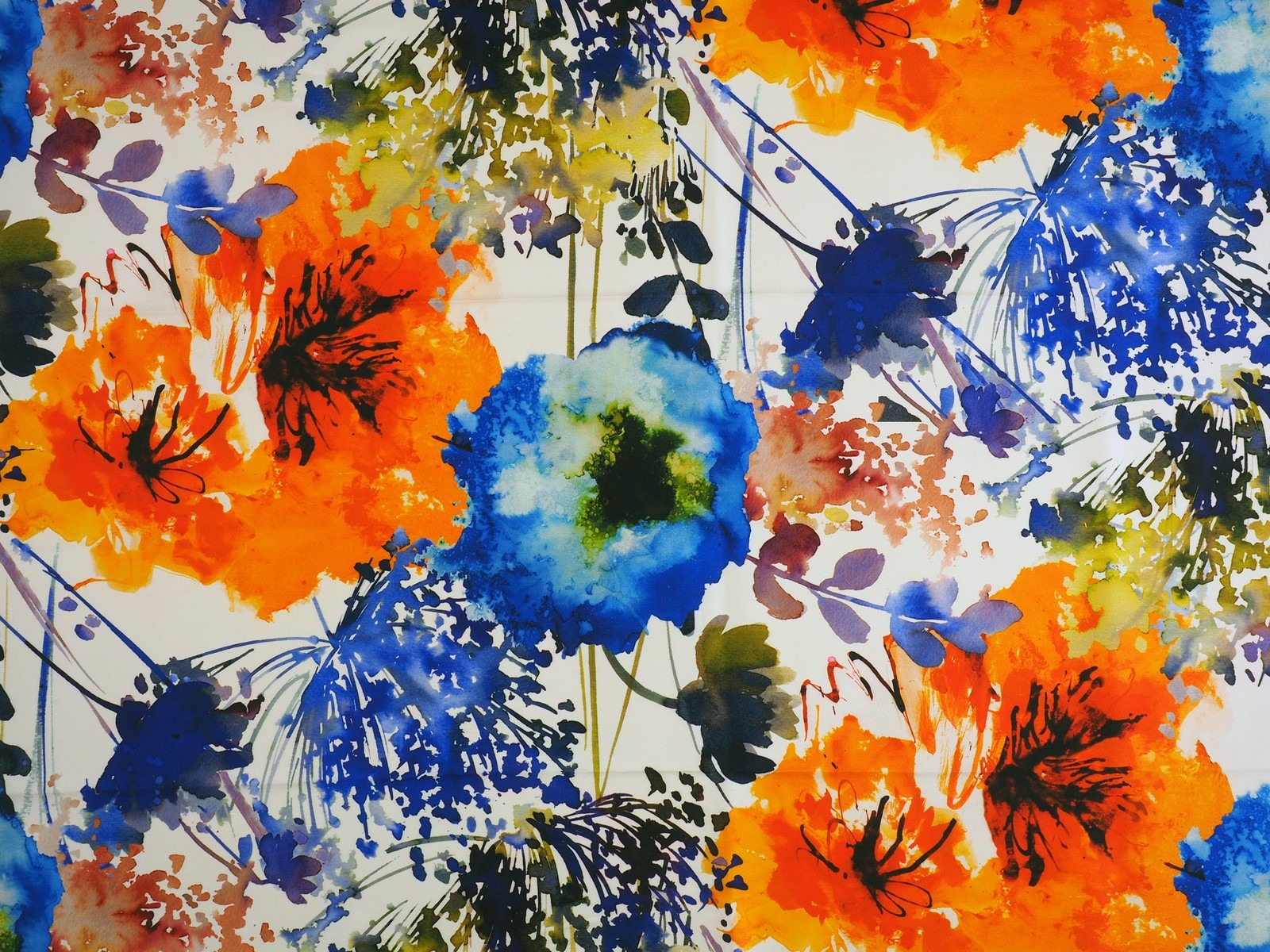
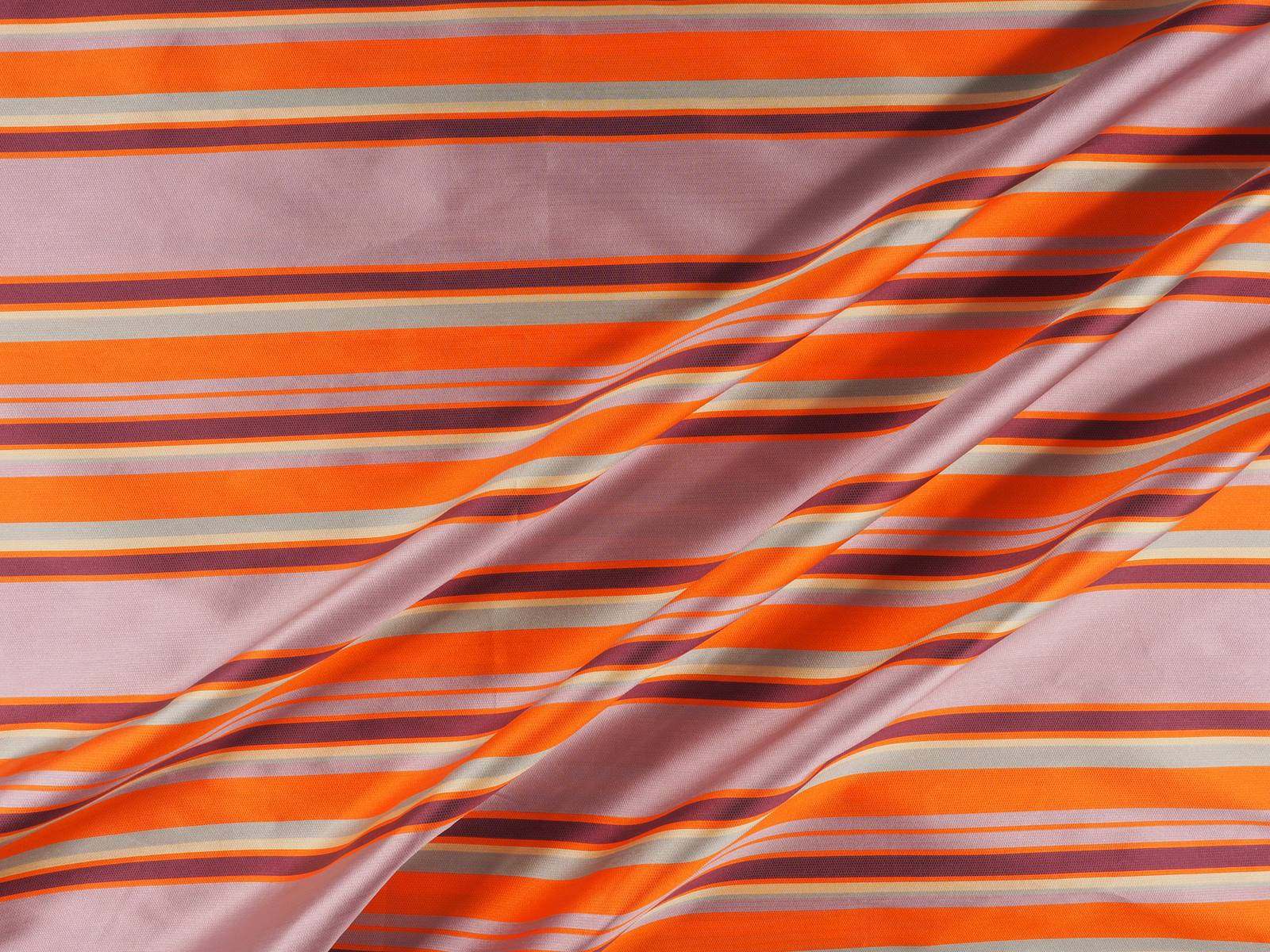
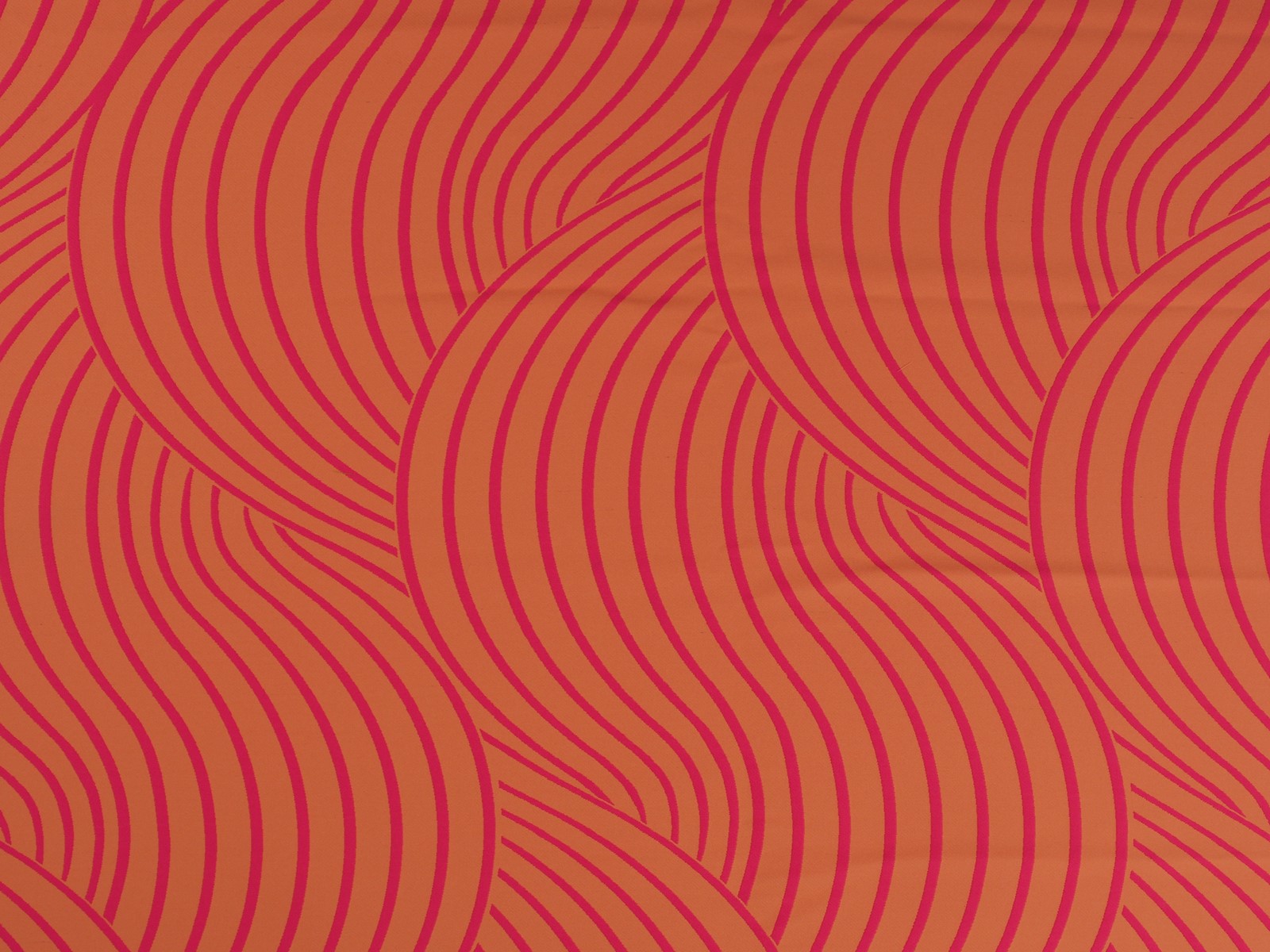

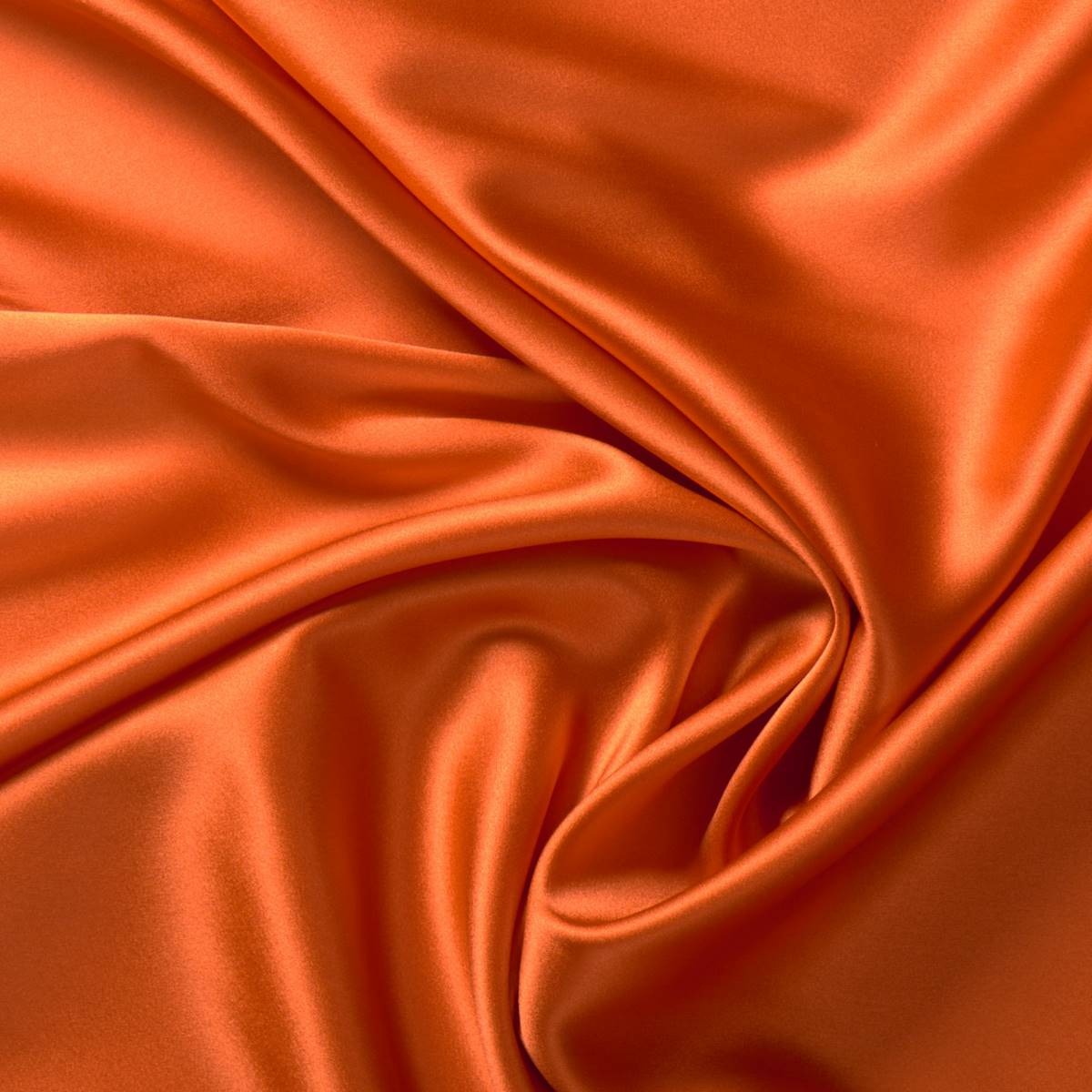
The essentials of PhotoEspaña 2018
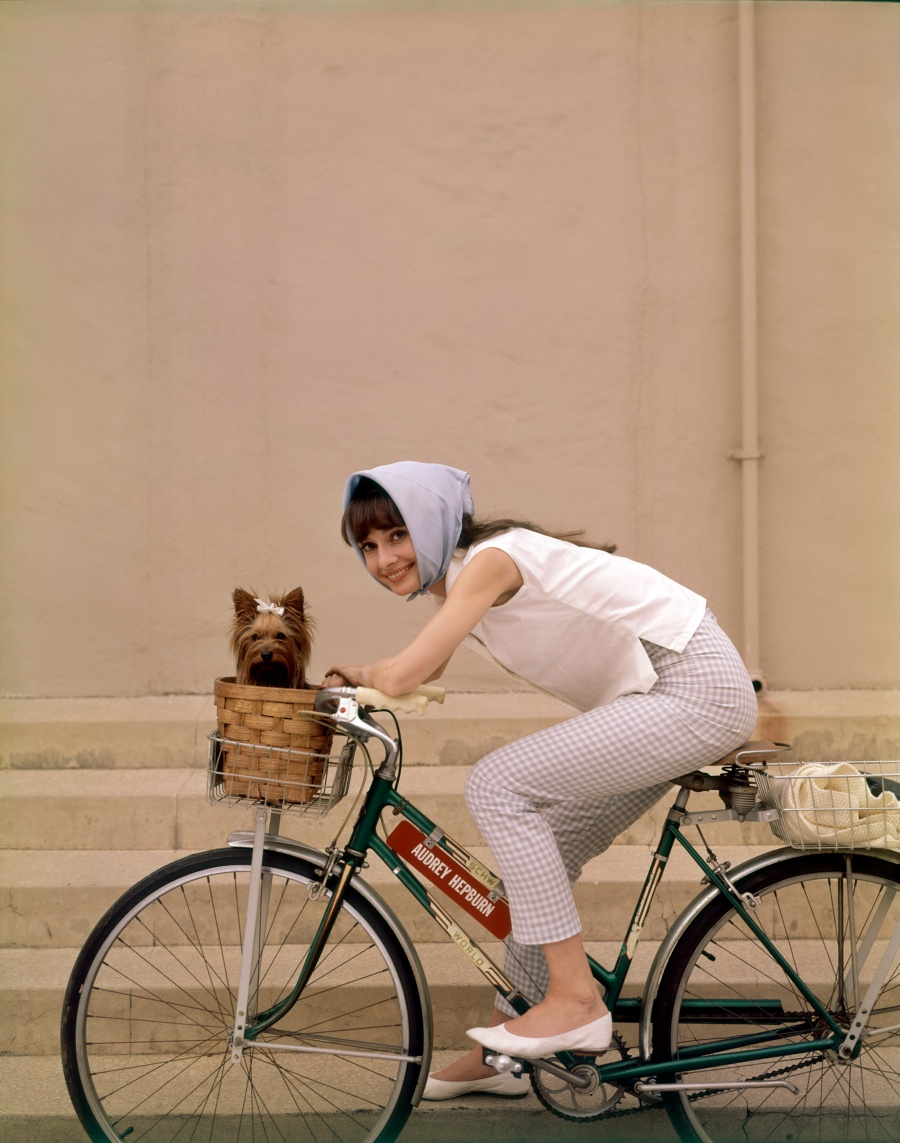
When you ask us where we draw the inspirations to design each year the collections of fabrics of the season, the answer always remains in an eternal mystery. Does it come from something concrete or is it a visual accumulation of personal experiences? We do not know for sure what are the exact connections that drive creativity, but we can conclude that we are constantly nourished by the multidisciplinary arts, and especially those more sensory, to find those engines that require the association of ideas that then give way to the elaboration of the different shapes and textures of the tissues because in the end, everything is interrelated.
This month, we highlight some of the most inspiring exhibitions of PhotoEspaña , the consolidated international photography festival in Madrid that represents the ideal meeting point for lovers of portrait art. This edition, the contest celebrates two decades, since its creation in 1998, and brings together 530 photographers in 90 different exhibitions under a more transgressive vision that combines different languages. Of all the extensive program of events and activities taking place during the summer (until the end of September) , we highlight the following selection that we consider essential for some reason or another.

Cecil Beaton. Myths of the 20th century
Cecil Beaton’s camera has immortalized different characters that have marked the history of the twentieth century: avant-garde creators, cultural icons of Hollywood, European aristocracy… From Audrey Hepburn to Marlon Brandon to Salvador Dalí or Queen Isabel II of England, emblematic personalities who have surrendered to Beaton’s flashes and are all part of the Canal Foundation exhibition.
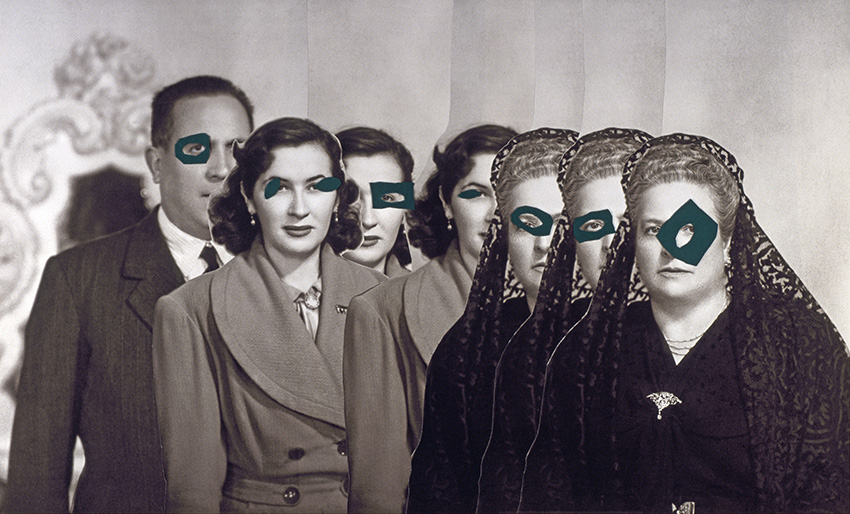
Carmen Calvo. Stillness and vertigo
The Valencian artist rescues old photographs of family albums found in street markets , during the 40s and 50s, to decontextualize them and give them new meanings . Images taken out of oblivion that have a second life and are loaded with a new meaning. Carmen Calvo has built a complex and mysterious world with a certain irony and humor, in which feminism, social criticism and religion are intertwined.
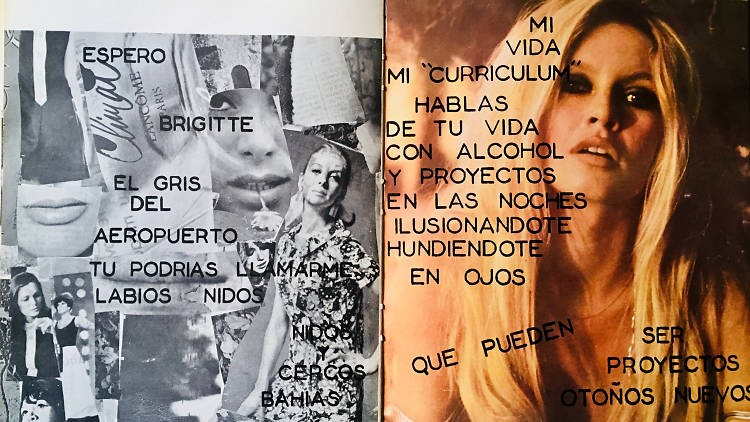
The camera to make poems
From Lorca to Brossa, from Kavafis to Neruda. This exhibition tells us about the relationships that are established between photography and poetry, starting with a selection of Ibero-American books in which the alliance of these two disciplines is essential. Photographs that turn a poem into a photo story, poems that invade photographs, photographers who make poetic anthologies, photographic poems and poetic photos.
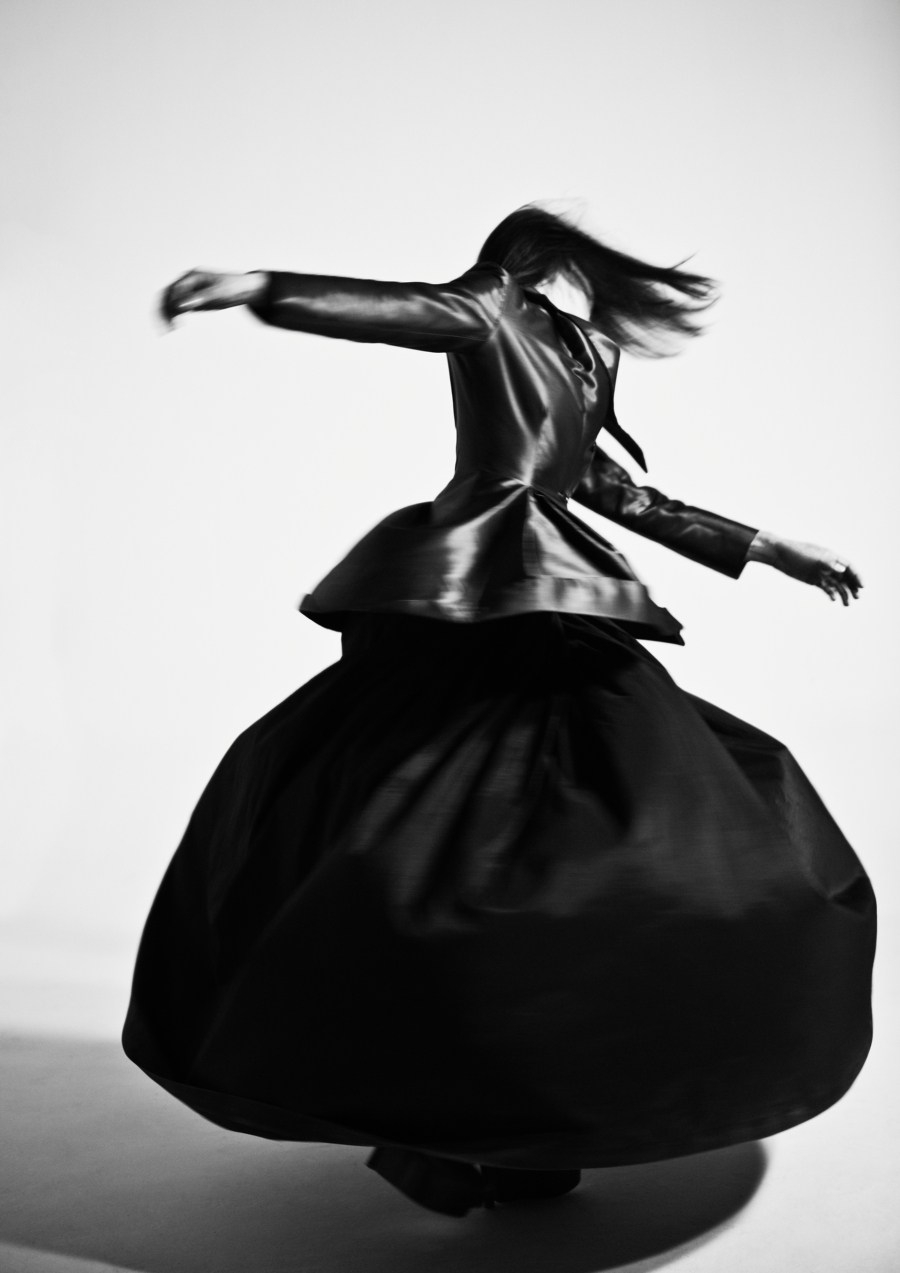
Fashion! Spanish design through photography
Around hundred photographs dialogue with exclusive designs in this exhibition that pays homage to Spanish fashion. Great international photographers like Richard Avedon, Henry Clarke or Irving Penn fall rendered before the designs of Spanish designers like Balenciaga, Pertegaz or Elio Berhanyer. A relationship that with the appearance of the big fashion brands would place Spanish textile on the international scene. An exhibition that has the support of the Ministry of Education, Culture and Sports and the Costume Museum that unites efforts to enhance Spanish fashion through international photography.
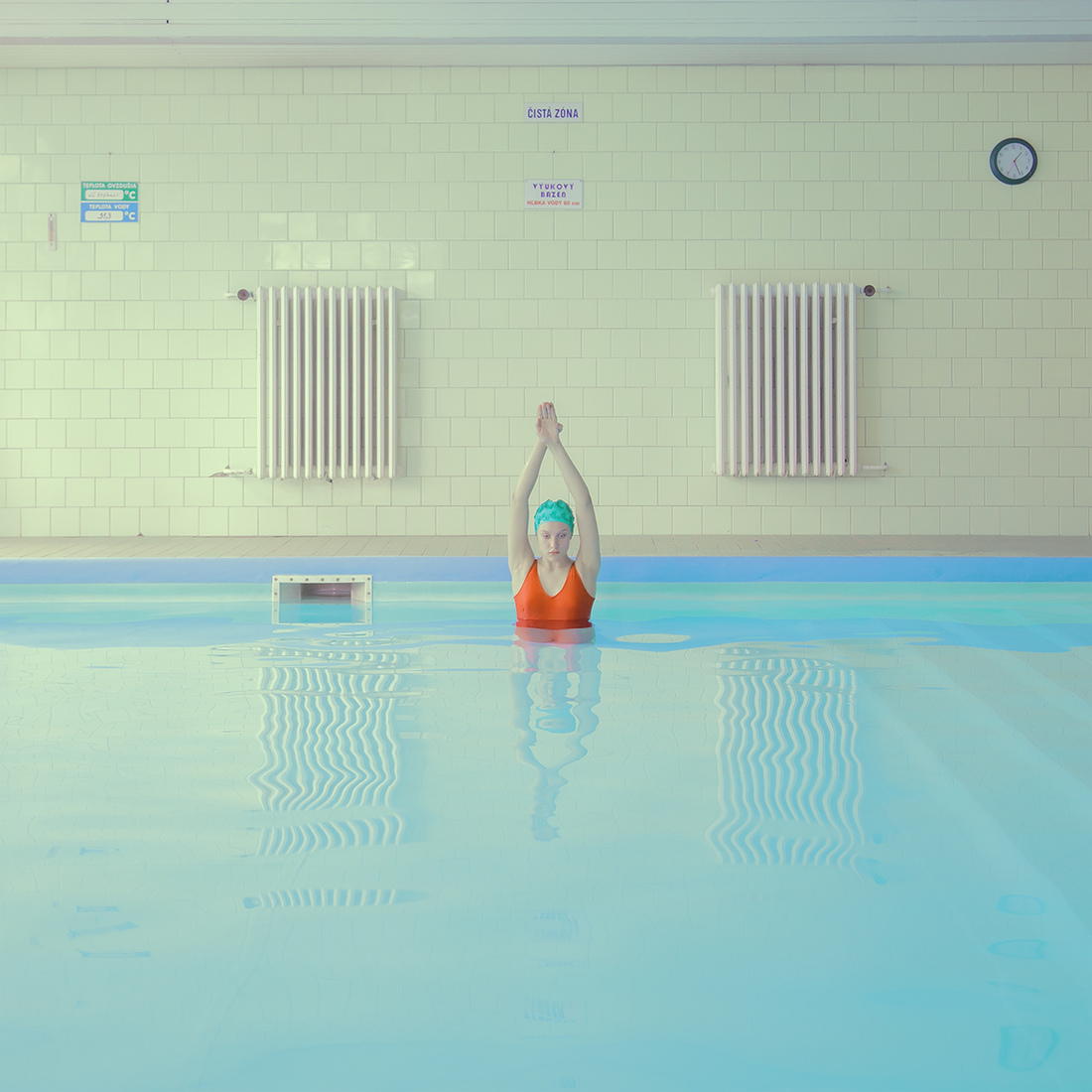 |
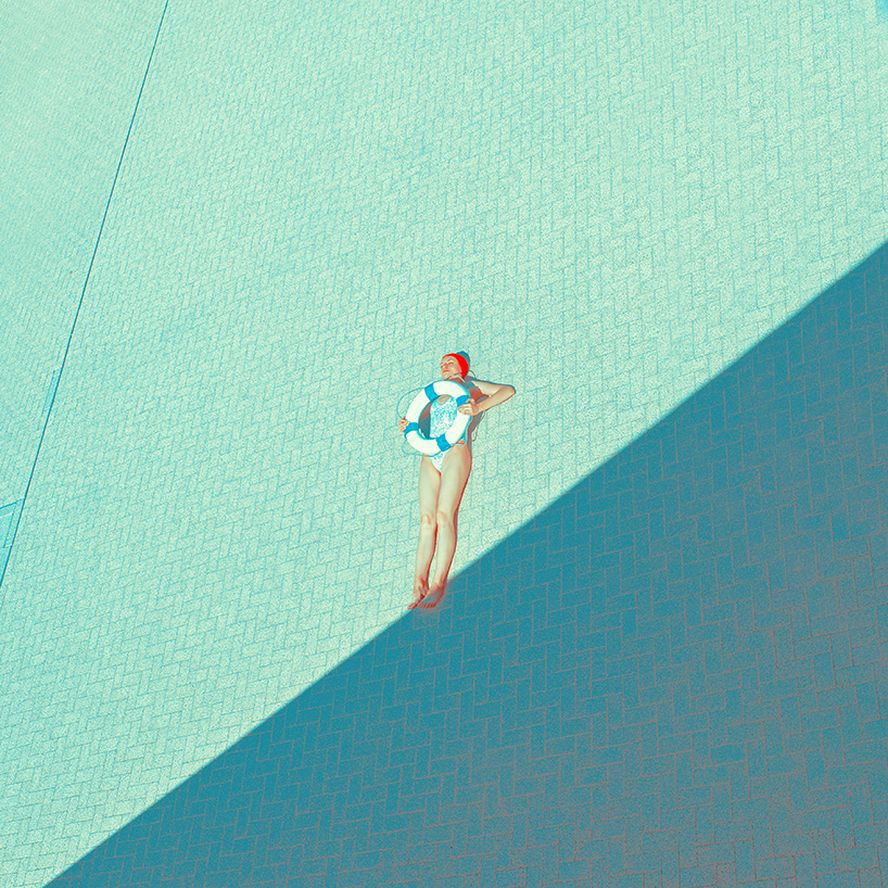 |
Maria Švarbová Swimming Pool
‘Swimming Pool’ is the most emblematic project of the Slovak photographer who started in 2014 motivated by the search of suggestive locations and by her fascination with public swimming pools: her sterile and geometric beauty generates the tone of this photographic series. Despite the retro air of the scenarios, the images evoke a timelessness that moves between a parallel future and a fantastic broken utopia. Precisely, the evocative snapshots of Maria Švarbová inspired Josep Font, creative director of Delpozo, in the conception of the current Spring-Summer 2018 collection, where beyond its similarity with the tonalities (turquoise, green water, coral …) there is a nod through silhouettes with dresses with ruffles, voluminous blouses or tops with pleats that make up this aquatic universe. The exhibition can be seen in the firm’s boutique in Madrid (Lagasca, 19) until August 26th.
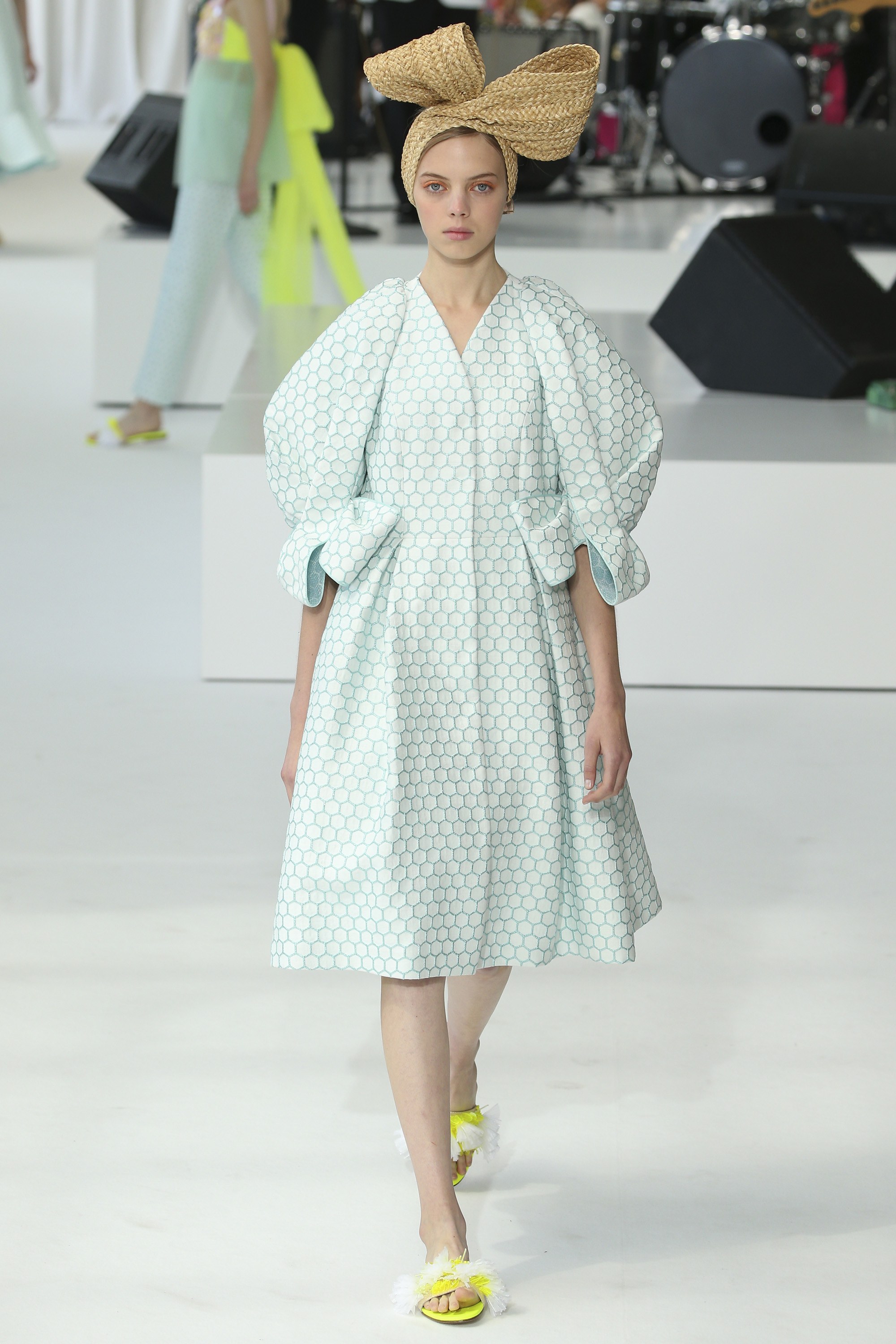 |
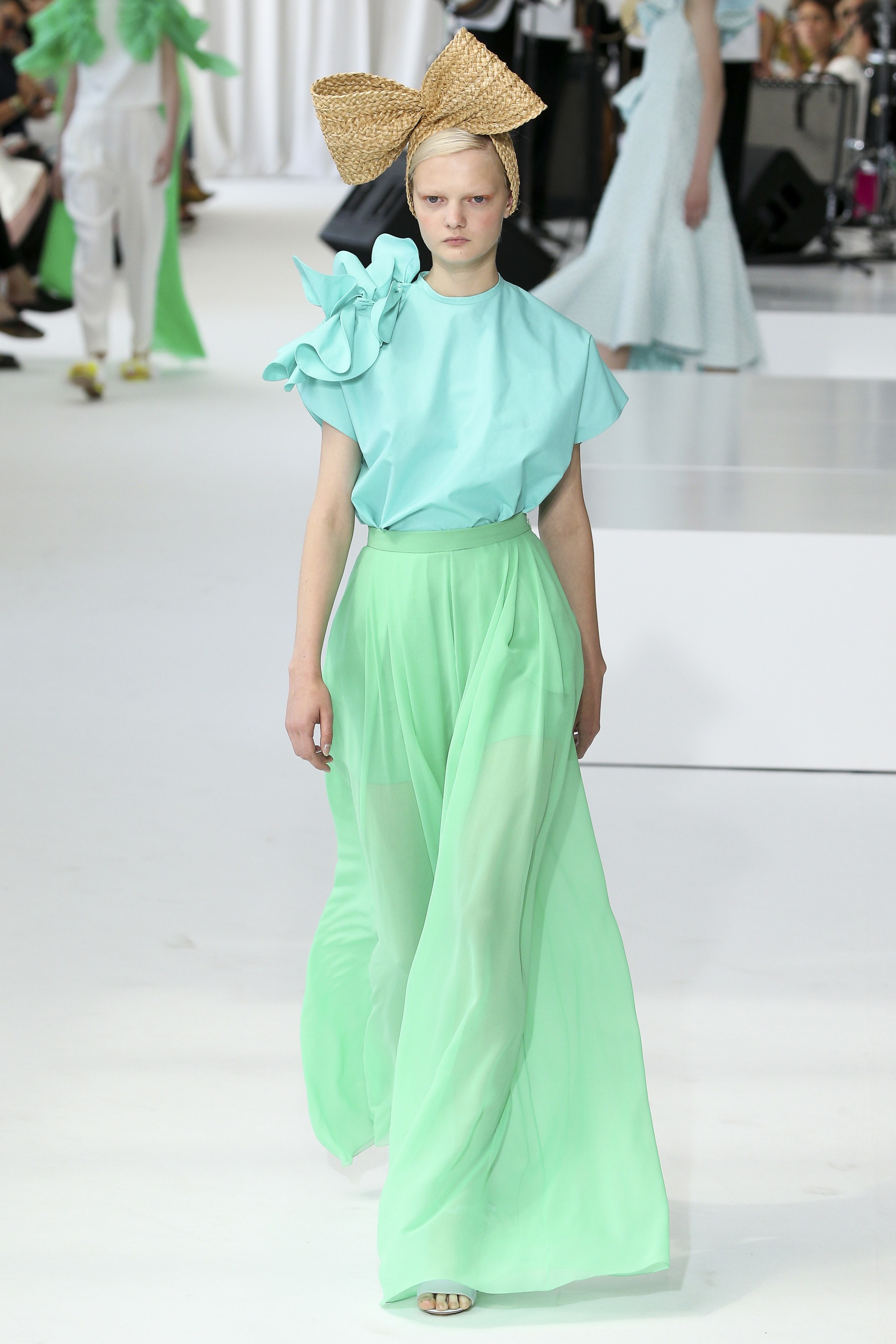 |
(Español) El 080 Barcelona Fashion más marítimo
Gr4tcBCN14!
The resurgence of MODA-FAD

2018 is the year of the new MODA-FAD . Located in the Disseny Hub de Barcelona, the fashion association integrated in the FAD (Promotion of Arts and Design) gives voice and visibility to local designers. It is an entity formed by fashion professionals from different areas, from clothing to footwear, which presents initiatives that help to give continuity to designers with a commercial vocation, a titanic task in these times.
In April MODA-FAD emerged with a new board of directors and with commitments, challenges and projects that value the professionals of fashion, design and craftsmanship that we hope will set a new clarion cry. In this first stage of the association the designer Edgar Carrascal assumed the presidency accompanied by his right hand, Mireia Playà, who specialises in vegan footwear. Also participating in the initiative are Elisenda Oms and Elisabet Carlota of Carlota Oms, Antonio Calderón and Pau Esteve.
The spirit of the new Association for the Promotion of Fashion makes clear its intentions to defend the Barcelona brand and to seek internationalization, to contribute to the business development and the industrial fabric of the country and the “dignification” of trades related to fashion. It also has the didactic aim of sharing knowledge and assuming a teaching role in the consumption of fashion, aiming to provide the necessary tools for conscious and sustainable consumption.
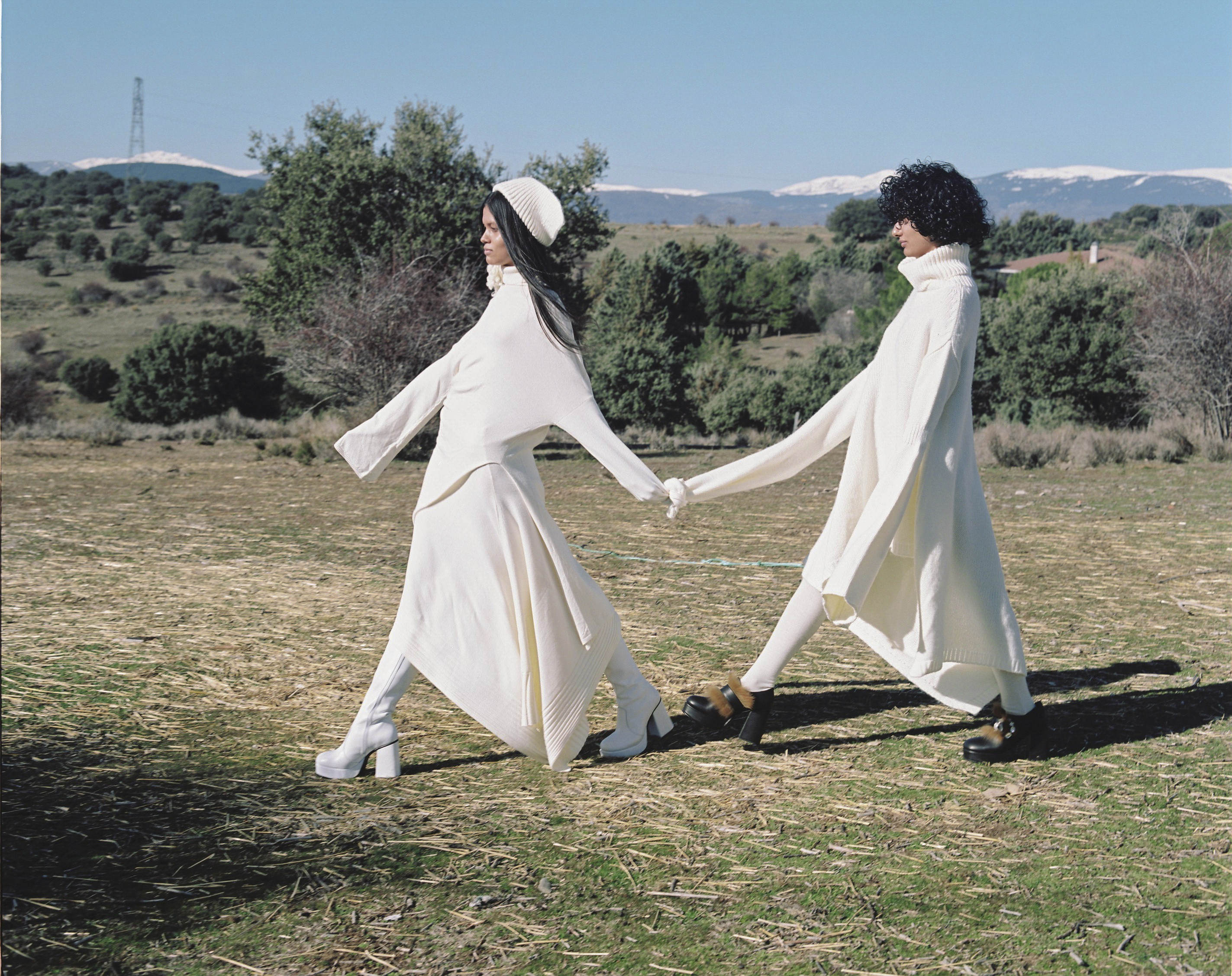
The MODA-FAD Awards
Within the framework of Barcelona Design Week, the new MODA-FAD Awards are to be promoted in a ceremony and afterwards a party that will take place next Wednesday June 6 in the Disseny Hub Barcelona. Awards are aimed at recognizing the work of professionals and companies in the world of fashion and who have made contributions to the sector during the last year. In total prizes will be awarded in three different categories: Merit in Fashion Design, Merit in Fashion Innovation and Talent of the Year Award. Special recognition will also be granted to a designer or brand that is not active, but whose contribution in the fashion sector is valued.
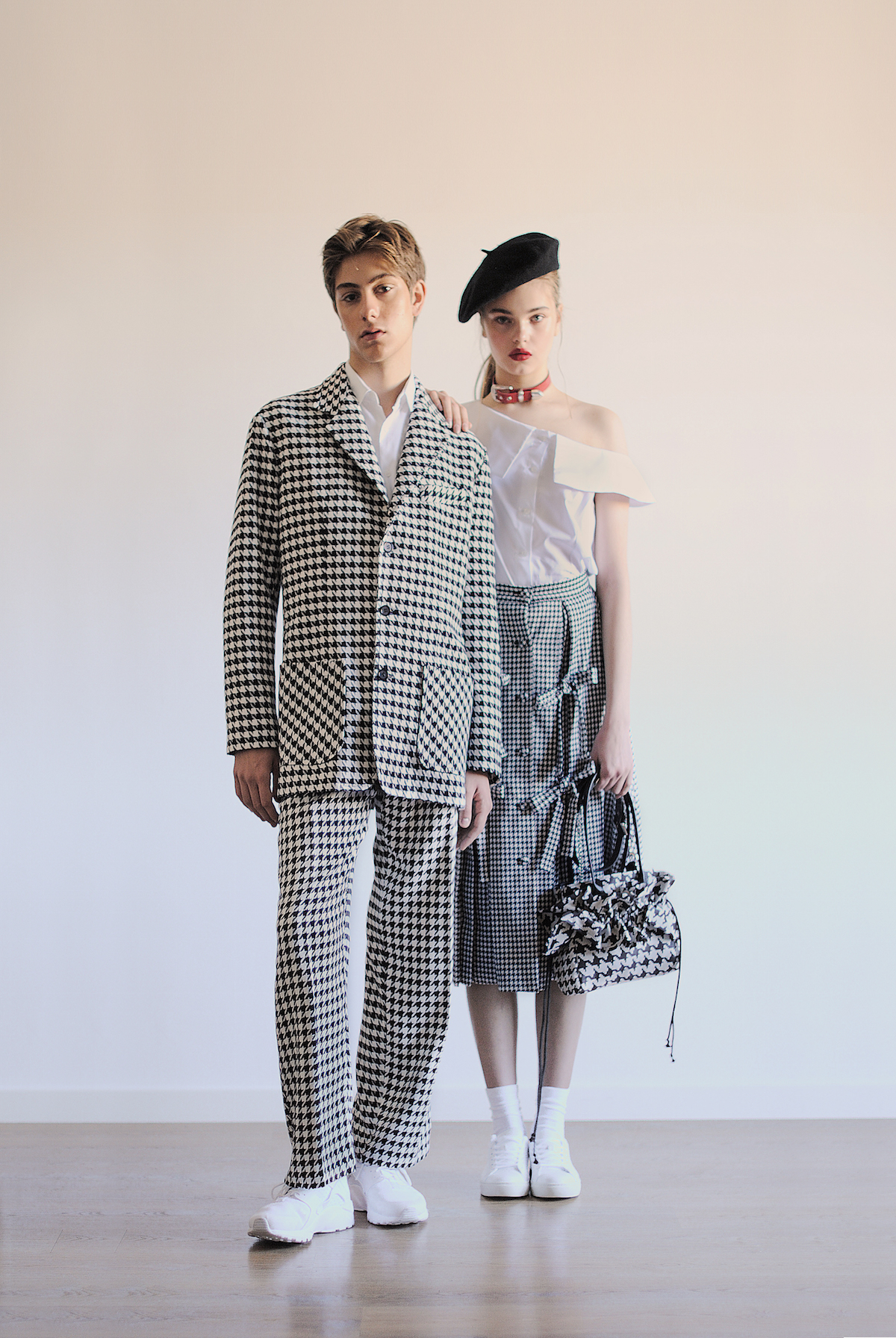 |
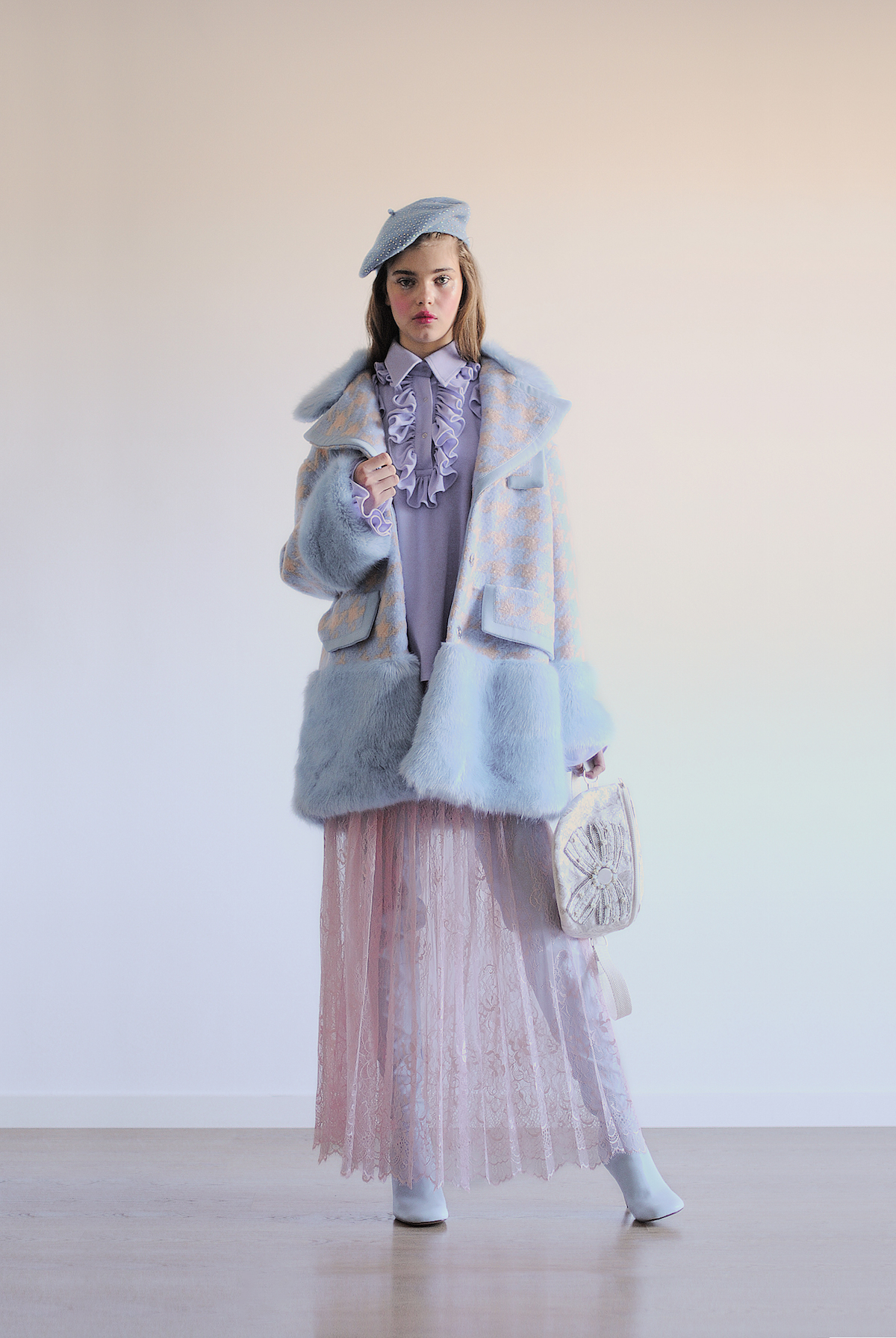 |
The winners
In this first edition the designer Víctor von Schwarz with his Double Life collection, 2018 is the winner of the Merit Award in Fashion Design . His tendentious presentation highlights the precariousness of the sector and the difficulties faced by emerging designers, “the new generation” whose double life between creativity and reality usually lasts no more than 10 years. As a representation of this ‘Double Life’ the collection is divided into two parts: one purely in black and white with shapes that are inspired by office attire, the other more imaginative with glitter, voluminous shapes and pastel shades.

The Merit Award for Innovation in Fashion goes to Piñatex ® by Ananas Anam, a company that is developing a product in which commercial success is integrated and social, ecological and cultural development is promoted in parallel. Working from this perspective, Piñatex ® opts for a non-woven natural base material that consumers can use as a sustainable alternative. The material is made from pine leaf fibres, a product from the agricultural industry that does not require large amounts of land, water or pesticides to produce the raw material.
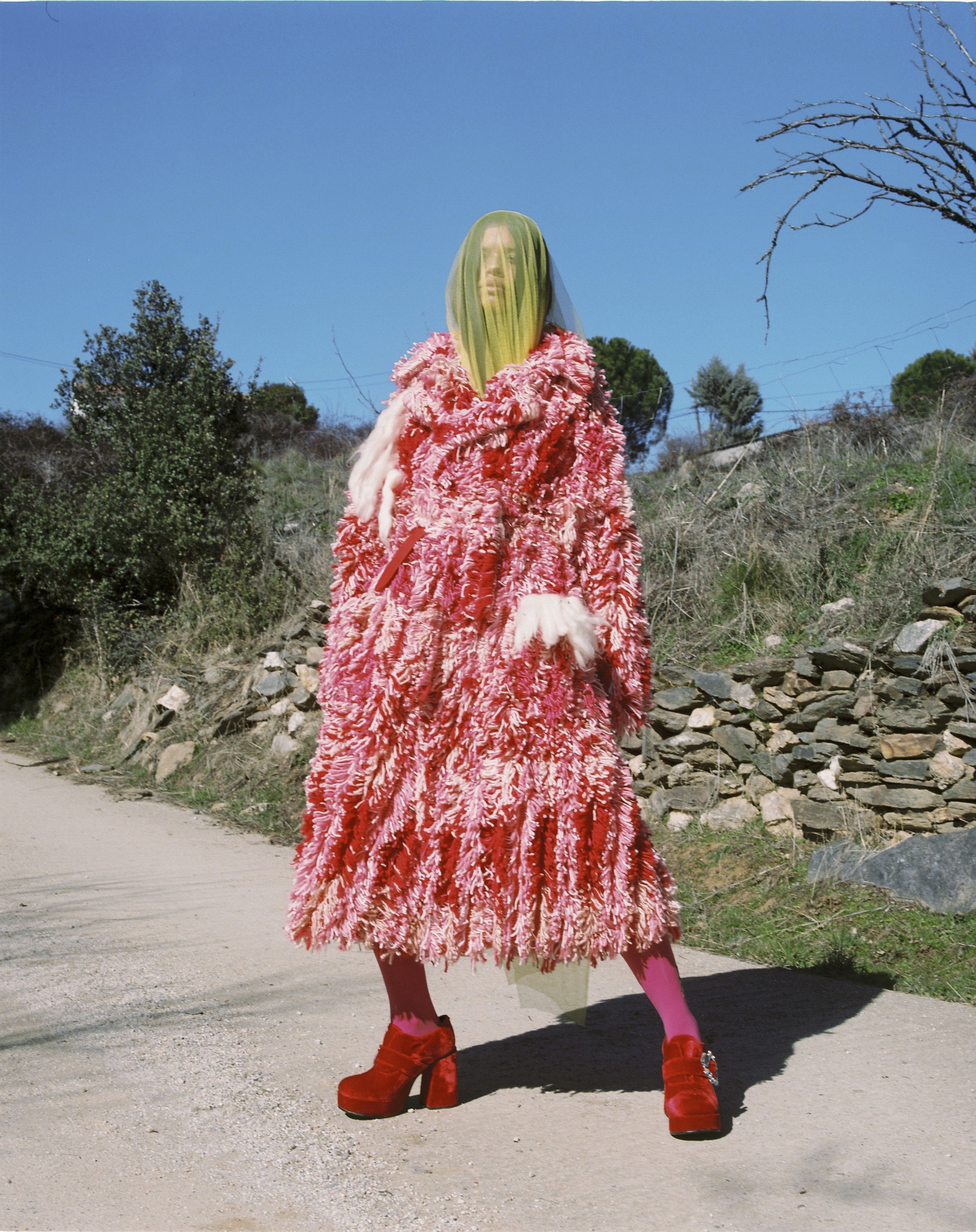
The Talent of the Year Award goes to Pepa Salazar, one of the most promising talents in Spanish fashion. Established in Madrid, this Valencian designer presented her first collection in 2013 for which she won the Mercedes-Benz Fashion Award Talent in the next edition. In the Autumn-Winter 18/19 collection, the designer presents a universe marked by the images of the absurd, fictitious and utopian, belonging to the mythology and paganism of primitive cultures. The jury considered that her latest creation is rich in colours and textures, has character and strength and an identity of its own recognisable in all of Pepa Salazar’s collections.
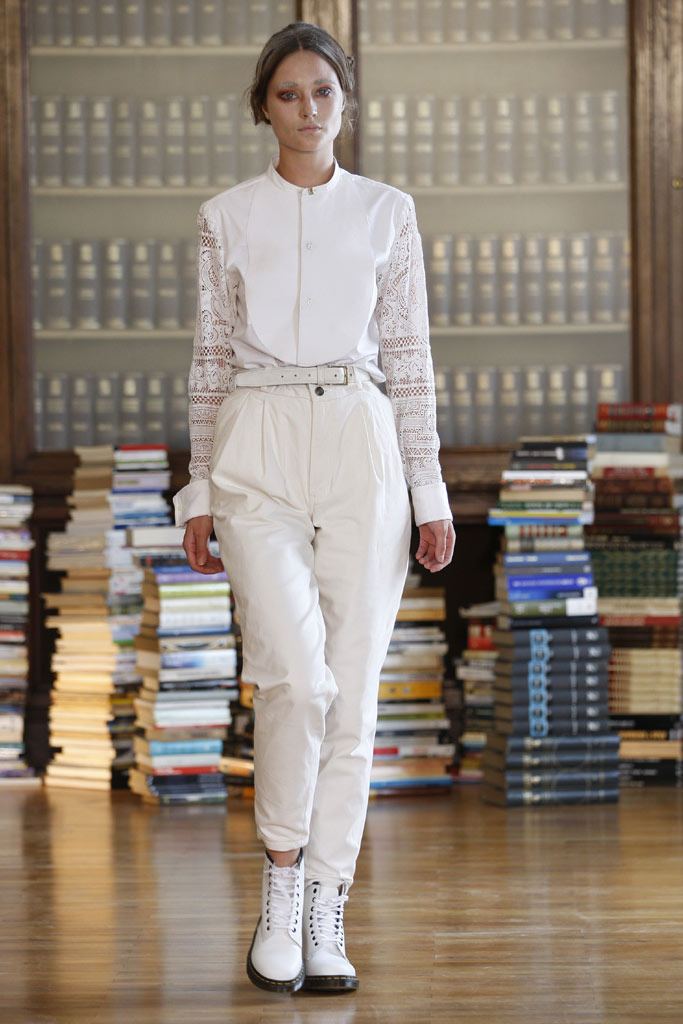 |
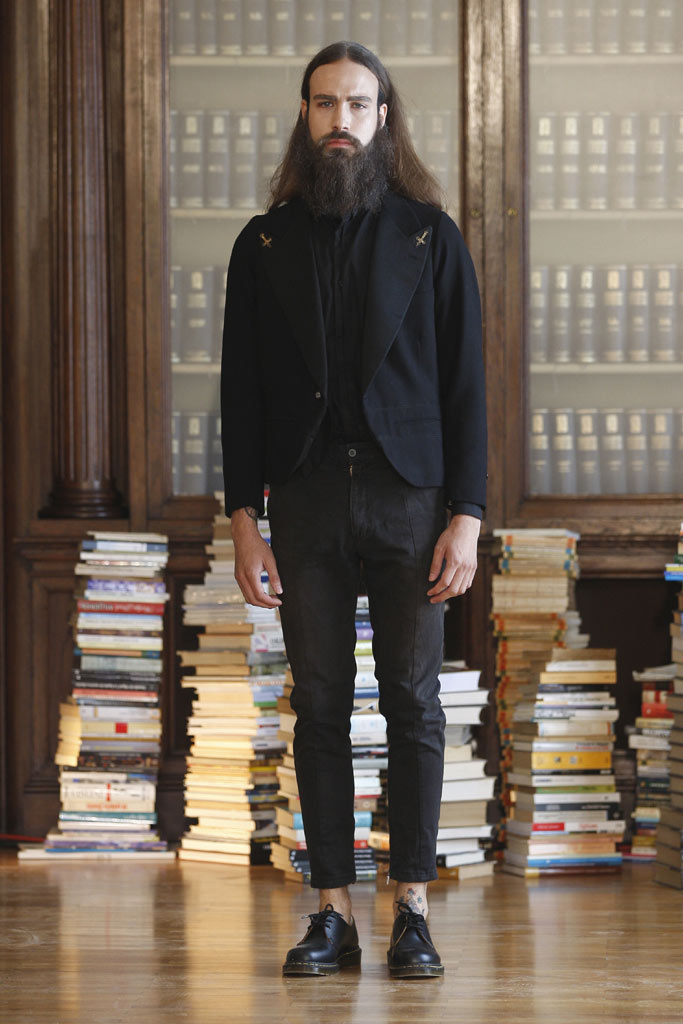 |
Finally Gori de Palma receives the Special Award from the Board of the New MODA-FAD. The essence of the designer is condensed into the industrial and the dense, all within a post-punk filter. Her signature is that of a refined and obscure author, with a perverse touch based on sub-cultural movements.
In the first edition of the awards tribute will also be paid to the figure of the Catalan dressmaker and businesswoman Carme Martí Riera (1872-1949), a professional with strong ideals who fought to dignify the profession of dressmaker, besides being the creator of the Martí System , the first technique of pattern making with a technical rigour that was celebrated world-wide.
Attendees of this annual celebration of Barcelona’s fashion talent will also be able to see the exhibition “The best design of the year”, where pieces by the winners of these awards will be on display. This sample in addition brings together 500 finalist works and winners of the different prizes awarded by the associations of the FAD in the various design disciplines.
(Español) Over the Rainbow
The sculptor of the female body
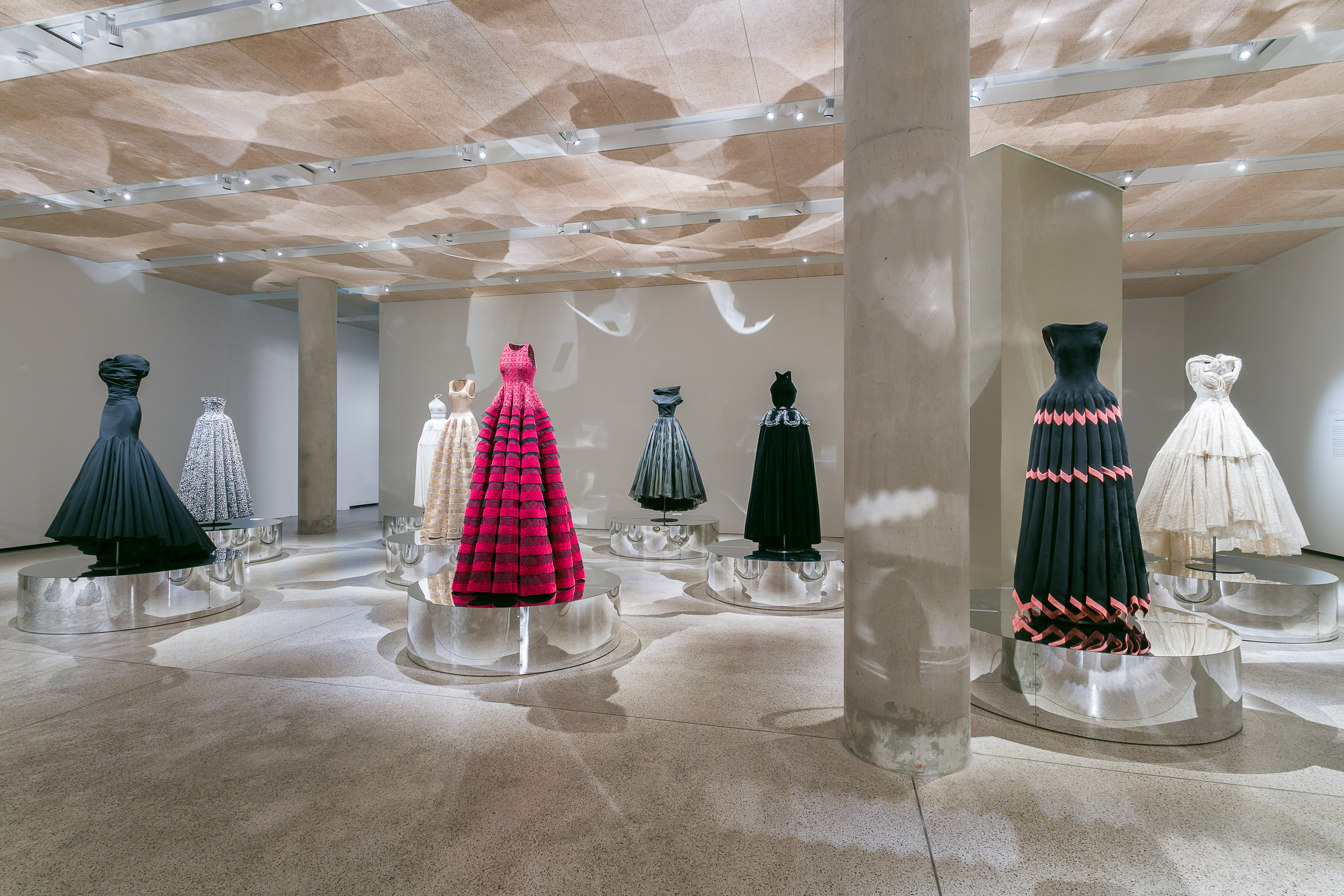
London revives the essence of Azzedine Alaïa through an exhibition at the Museum of Design which pays homage to the career of this master of couture through his most iconic and representative dresses. The Tunisian designer died last November at the age of 77, leaving behind a long legacy that conditioned the making of garments. Known as the sculptor of the female body, Alaïa was a pioneer in experimenting with bold patterns and applying innovative materials to his creations. ‘ Azzedine Alaïa : The Couturier ‘ was conceived months before the death of the artist together with Mark Wilson, collaborator and curator of the show on which they worked together . Finally the exhibition opened to the public on May 10 and will be open to visitors in the British capital until next October.
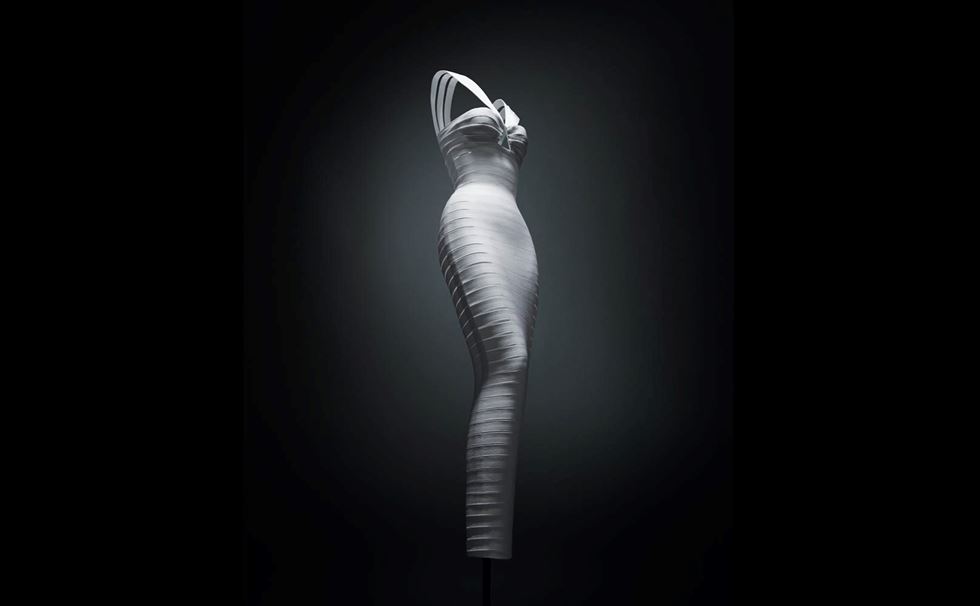
The garment sculptor
Azzedine Alaïa was a fashion designer of Tunisian origin who settled in Paris in the 50s – where he met André Malraux and Joan Miró – to start one of the most prosperous and established careers in the world of fashion. In his first period the designer began working at Christian Dior under the creative direction of Yves Saint Laurent and continued to train in companies such as Guy Laroche or Thierry Mugler before setting up a company under his own name during the 80s. The son of farmers of Spanish origin, the artist used to wear black and made all his textile production in his small atelier – which also was his home – in the Parisian district of LeMarais. It was in the workshop where he began to experiment with the techniques used by the couturiers of the time to perfect them and thus expand their possibilities. He was helped in part by his studies of sculpture and fine arts that gave him a broader vision in the making of dresses which understood the forms and needs of the female body. One of the achievements of the company was actually to mark the sensuality of women through bold garments like tight dresses with marked waists, skirts that played with ruffles, the use of skins, latex and metallic mesh with a net effect as his main fabrics. Alaïa was also the first to reject the traditional fashion calendar, showing his collections when he thought they were ready. He himself made all his clothes by hand, cutting the patterns meticulously. He was famous for his obsession with perfection and total dedication to his craft as a couturier.
From the beginnings of the company, the Tunisian designer produced exclusive dresses for Parisian high society and in a short time his name became popular throughout the world. Grace Jones and Greta Garbo were just two of the celebrities closely associated with the designer in the 80s and 90s, and the model Naomi Campbell became the muse of the firm. The new millennium brought with it the birth of a new generation, where Alaïa positioned himself as one of the designers of reference for Kim Kardashian, Rihanna or Lady Gaga.
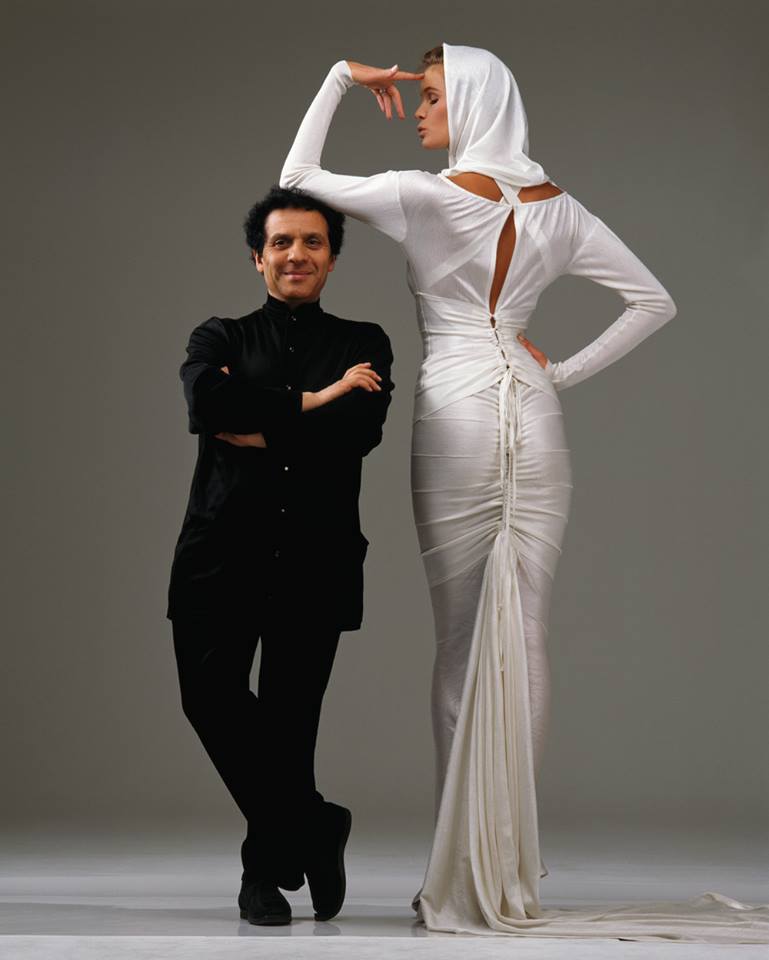
A multidisciplinary exhibition
The more than 60 garments exhibited in the British capital are grouped according to the conceptual idea that dominates them, without following a chronological order; they contain examples of his most famous collections, such as “Exploring the volume”, “Fragility and strength”, “Gathered forms” or “Black silhouettes” – which bring together dresses dating from 1982 to 2003-.
‘Azzedine Alaïa :The Couturier’ also has the photograph by Richard Wentworth taken during the couturier’s last months and a series of videos about the Franco-Tunisian, prominent among which is a short film directed by the photographer Ellen von Unwerth , which portrays intimate moments of the artist at the beginning of the nineties.
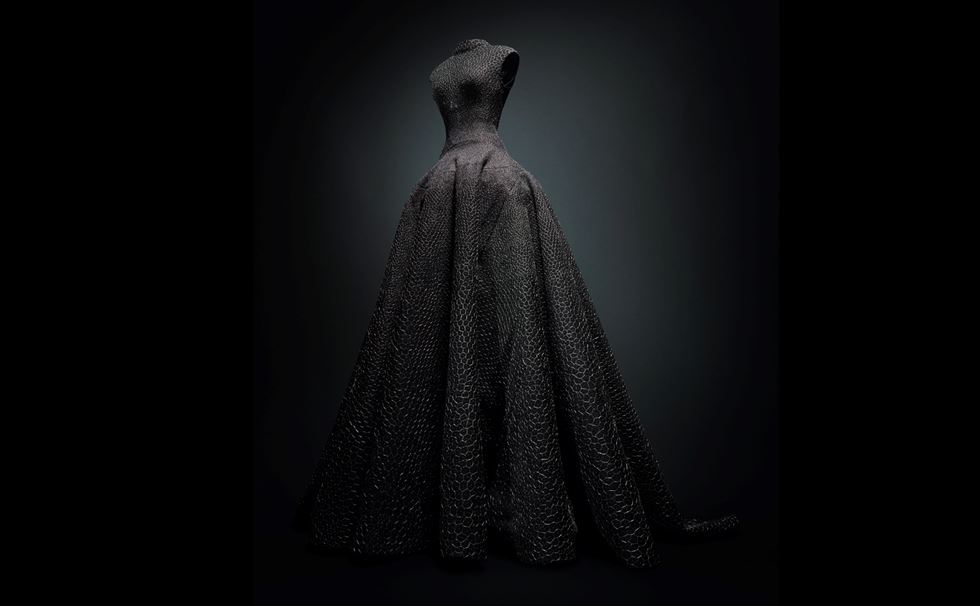
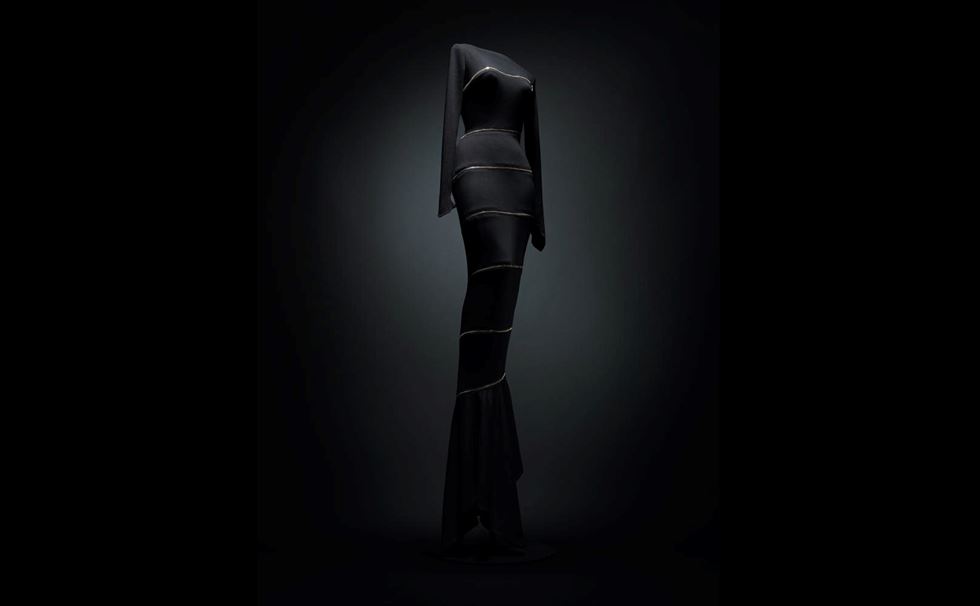
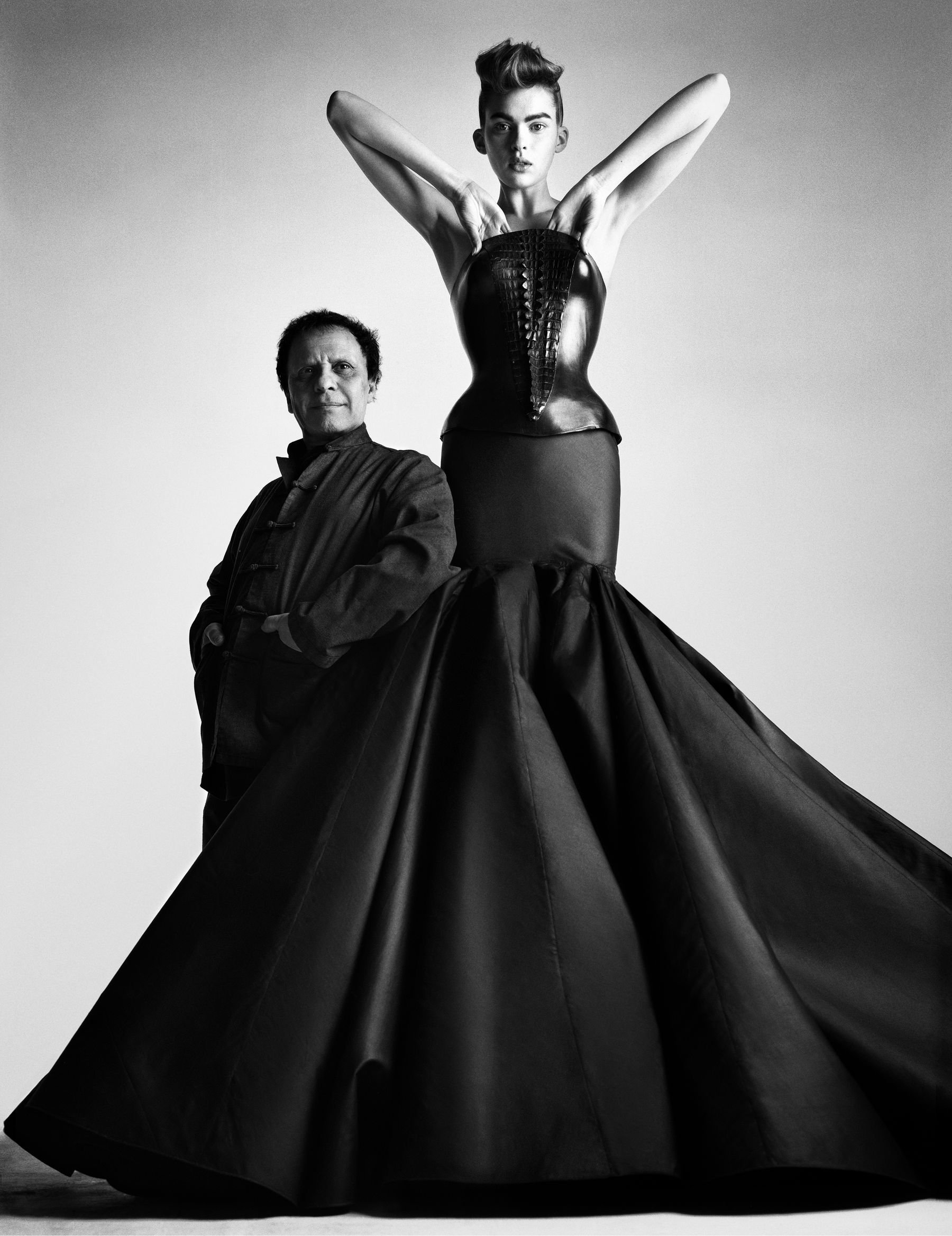
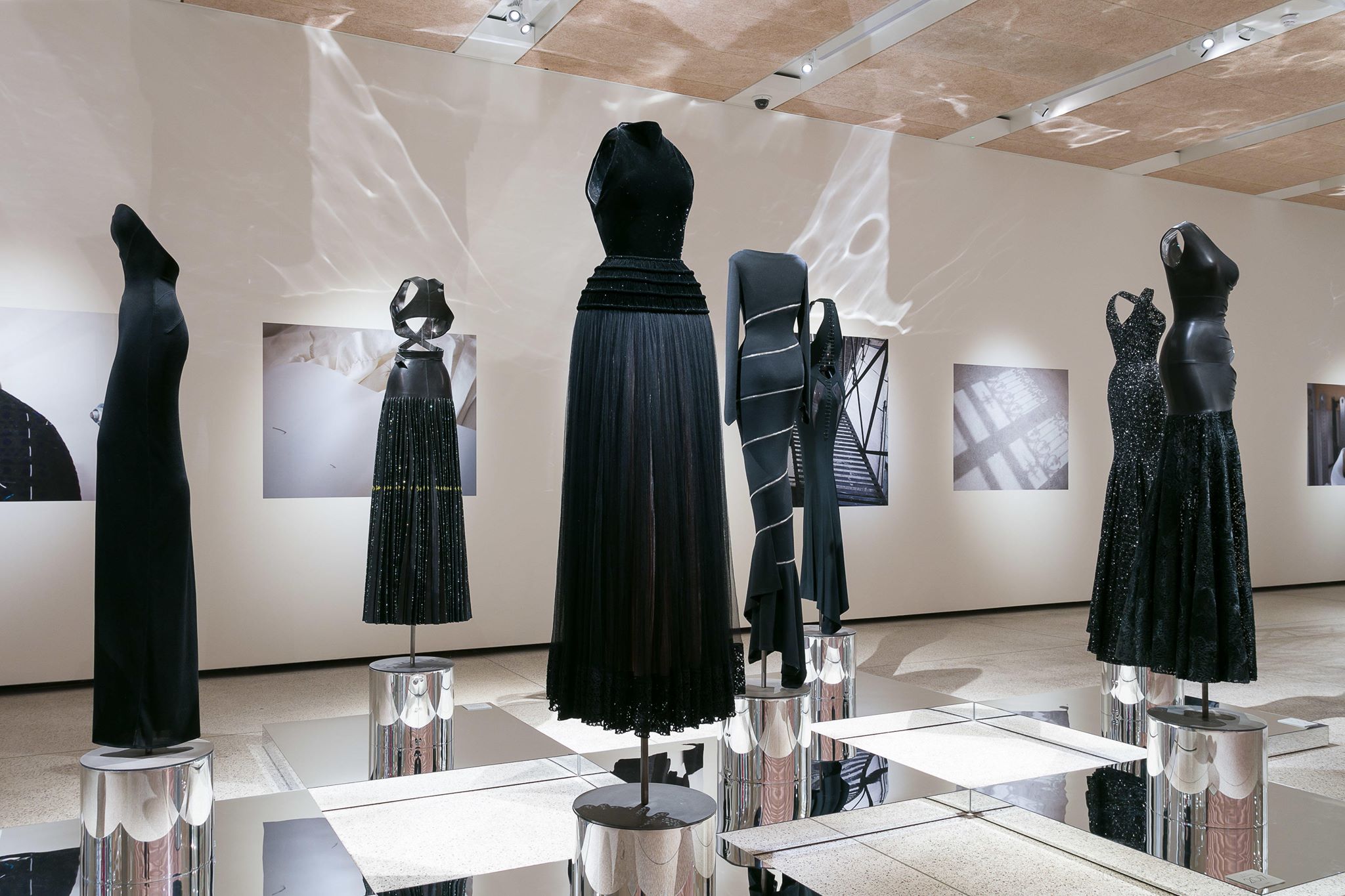
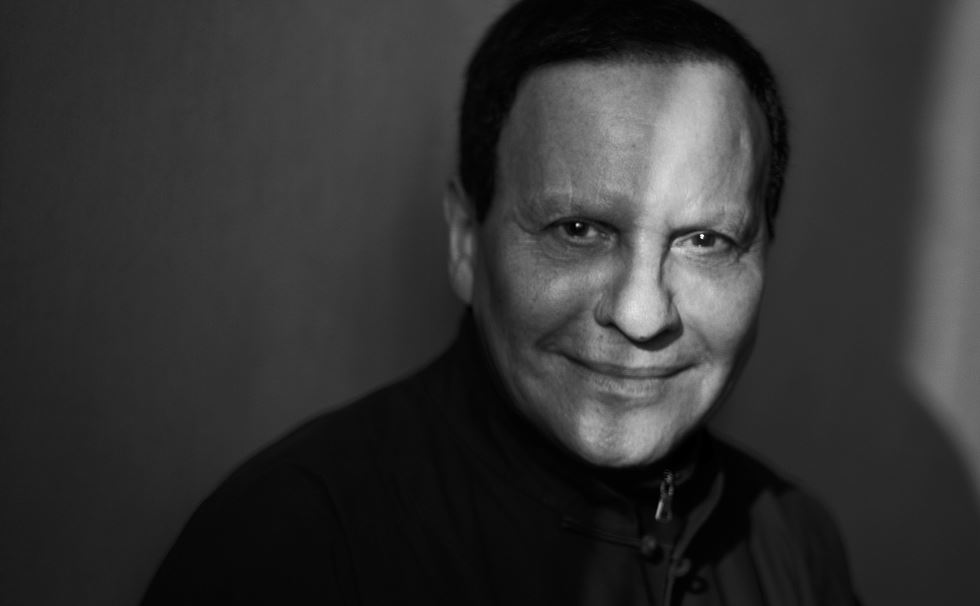
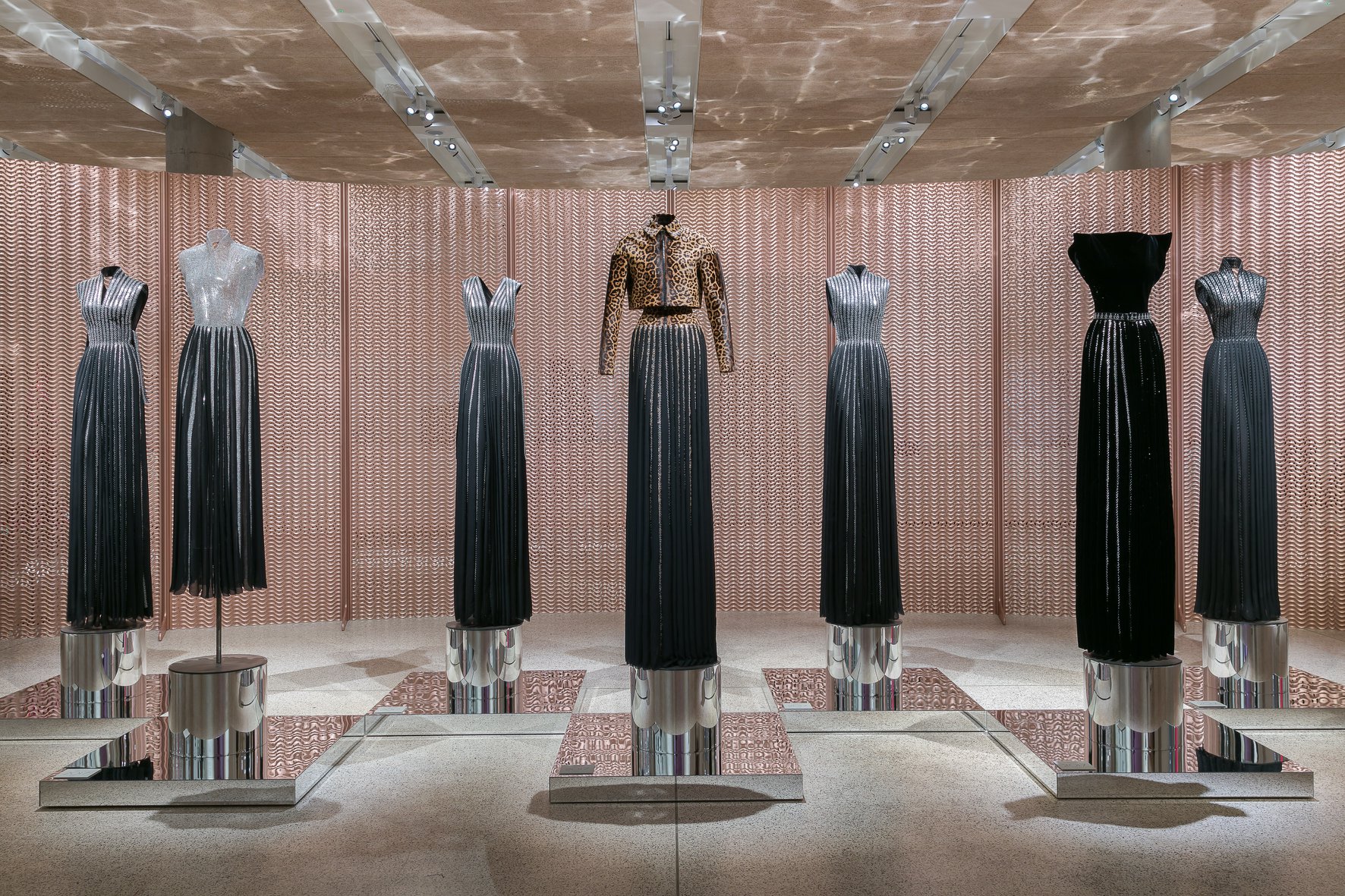


Cuaderno de Tendencias: summer 2019
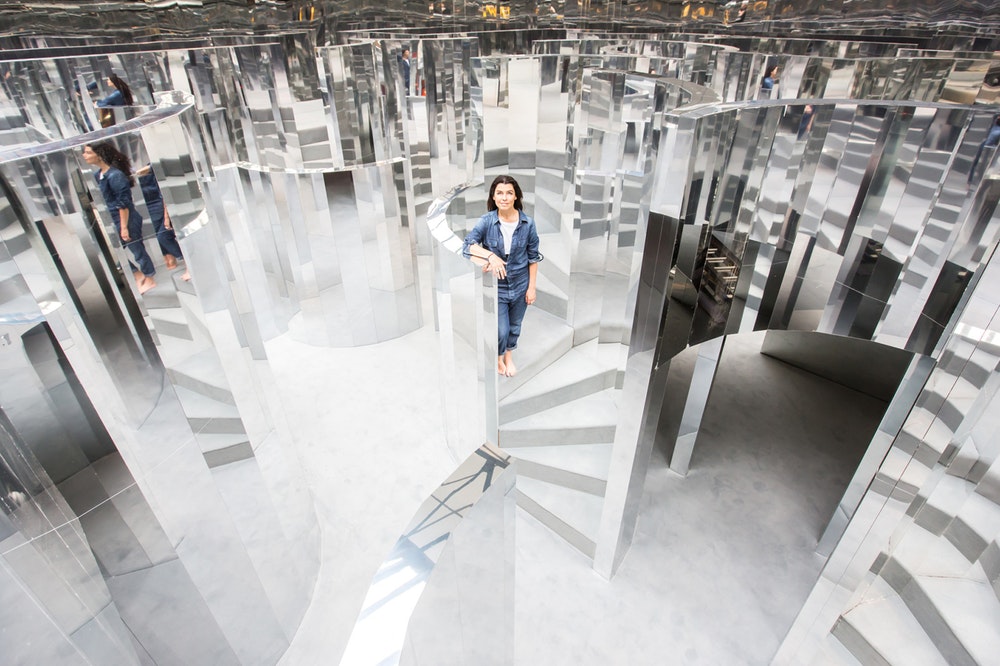
As was expected, the new call of the prestigious research agency Nelly Rodi , to publicize the main international trends that will mark next summer was a success in capital letters. More than 70 people, most of them fashion and design students, filled the upper floor of the Gratacós space with their presence. All of them waited impatiently for the thesis and premises offered by the informative Úrsula Uria , in an instructive talk to disclose in an orientative way the colours and textures that will set the tone for the Spring- Summer 2019 season .
On this occasion, the head of Nelly Rodi in Spain unveiled four new trends within a social and global economic context that also influence her choice such as the revival of national values and patriotic folklore; young people’s need to enjoy through the consumption of experiences related to travel and not so much in the own ownership of products; or the rise of new musical icons that influence through their image with more identity power, to mention some examples.
Based on these general premises, four trends will influence fashion in the next summer season: Magnetic , Sassy , Life and Native
-
MAGNETIC

A futuristic trend, with an androgynous and minimalist base, inspired by technological innovations and applications of them in the textile world.
Visual references : Artificial intelligence, virtual reality , Tokyo, science fiction, functional technology, holograms, the cosmos, Dries Van Noten or the kinetic designs of the British creative Es Devlin.
Silhouettes : Fluid and deconstructed silhouettes prevail, functional garments, large pockets in parkas and coats, fastenings with ropes and accessories on the zips.
Colours : Metallized such as gold and silver along with iridescent colours and blue denim.
Fabrics : Fabrics that attract light. The pastel colours in neon version and iridescents in lamé. Also experimentation with technical fabrics out of the ordinary.
Public: A rational and active consumer, ultra connected to the latest technologies and a lover of aesthetic sports fashion in a chic key.
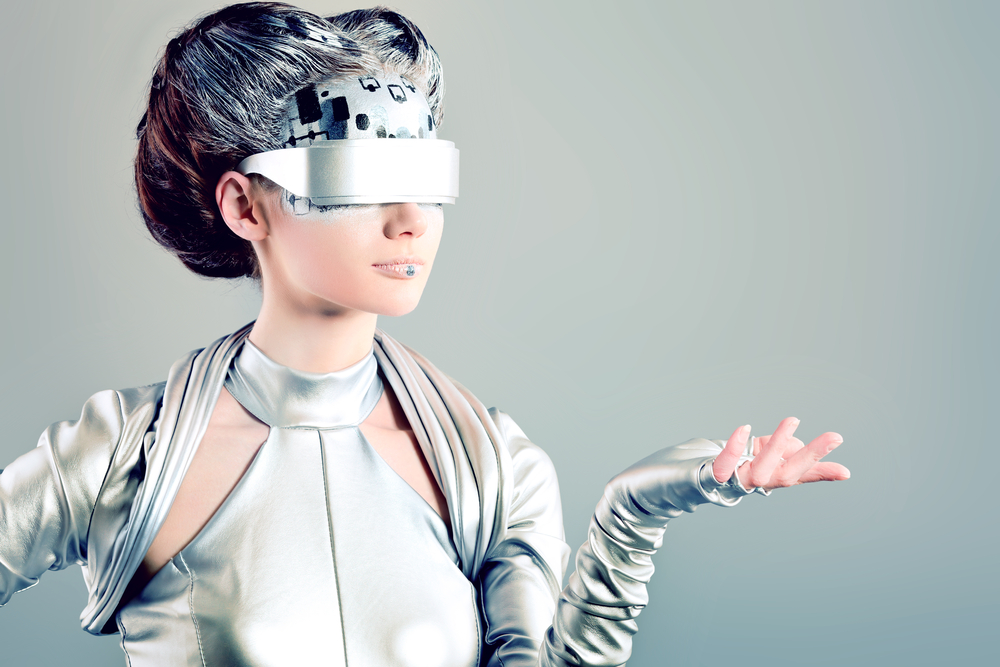
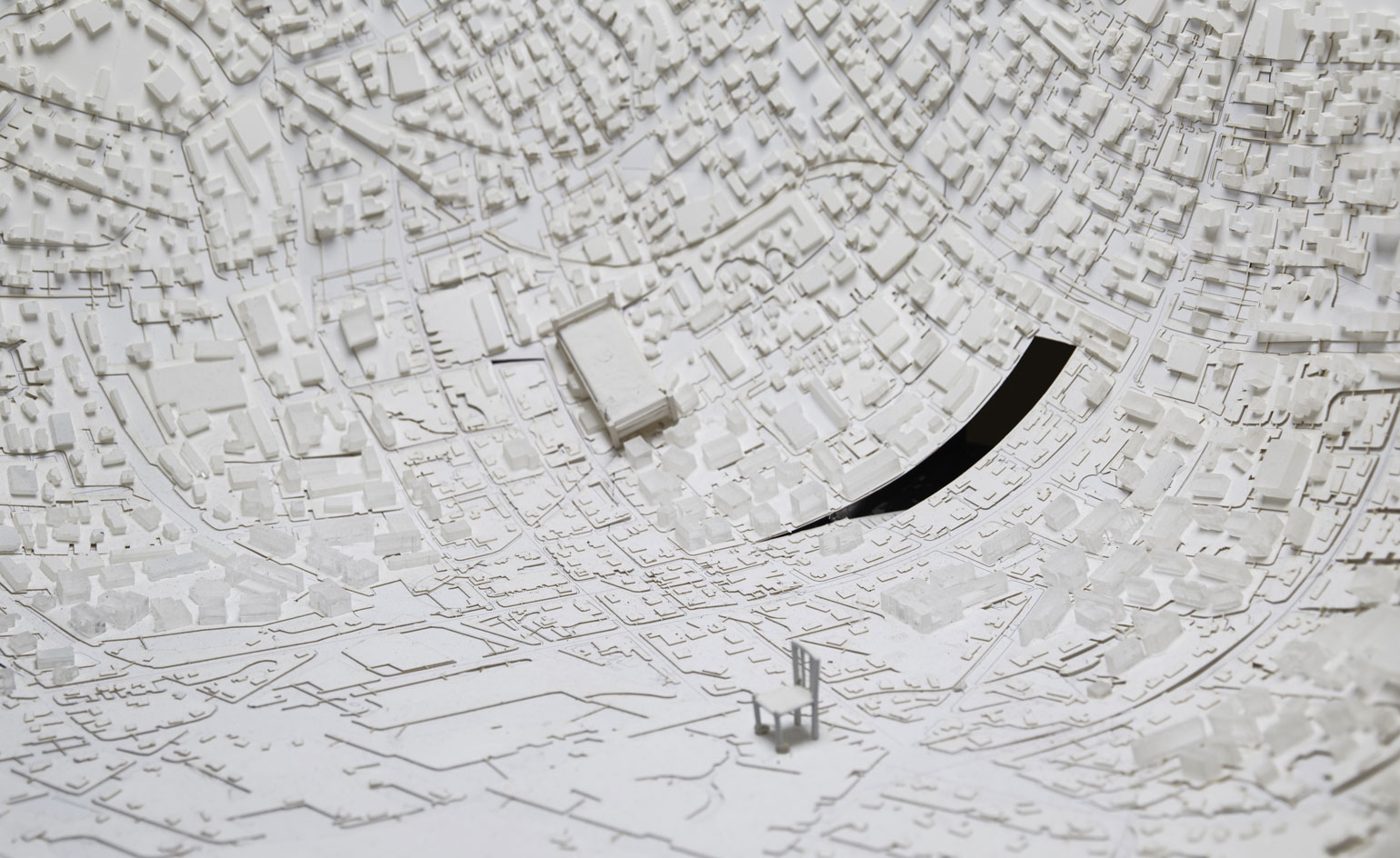
2. SASSY
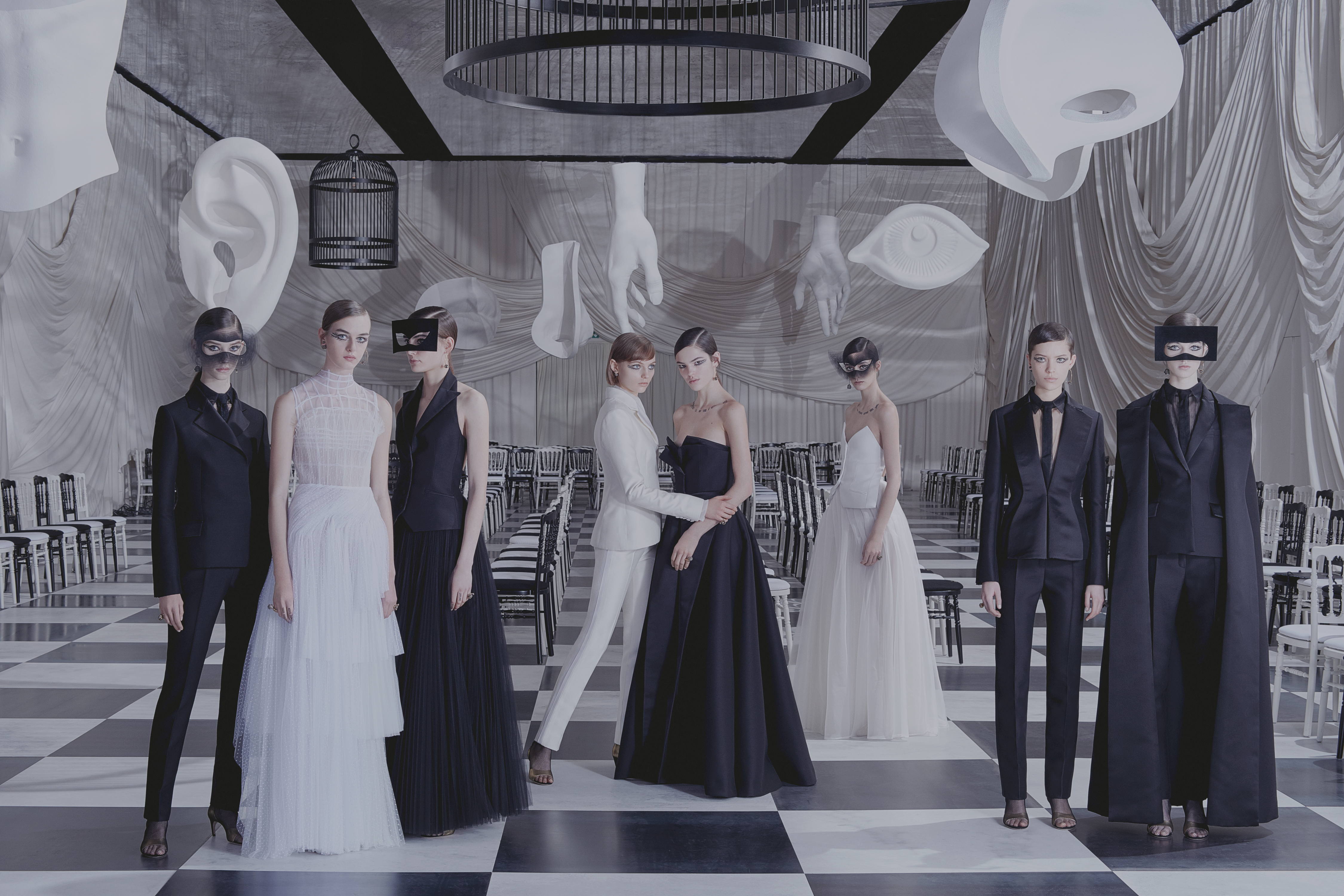
An exuberant trend inspired by avant-garde movements such as Surrealism and Dadaism. An elegant and refined style that seeks to surprise and entertain through clothing and accessories.
Visual references : The works of Dalí and Miró, abstract art, Cristina Celestino for Fendi , the lipsticks for men by Tom Ford, Lladró, the interior designer Jaime Hayón , the lobsters, bumbags …
Silhouettes: Fitted silhouettes with an 80s look and their characteristic volumes, review of the suit jacket and 60’s cut dresses. The accessories and the details have a cheeky point that plays with humour and irony.
Colours: The whole range of pastel colours. From the most decaffeinated to the highest tones in this line of dull.
Fabrics: The classic tailoring is renewed with new codes adapted to today.
Public: An individualistic consumer who is somewhat impulsive and in turn has a particular taste for fashion. He likes to be noticed with garments that attract attention, that transform concepts and turn more conventional codes.
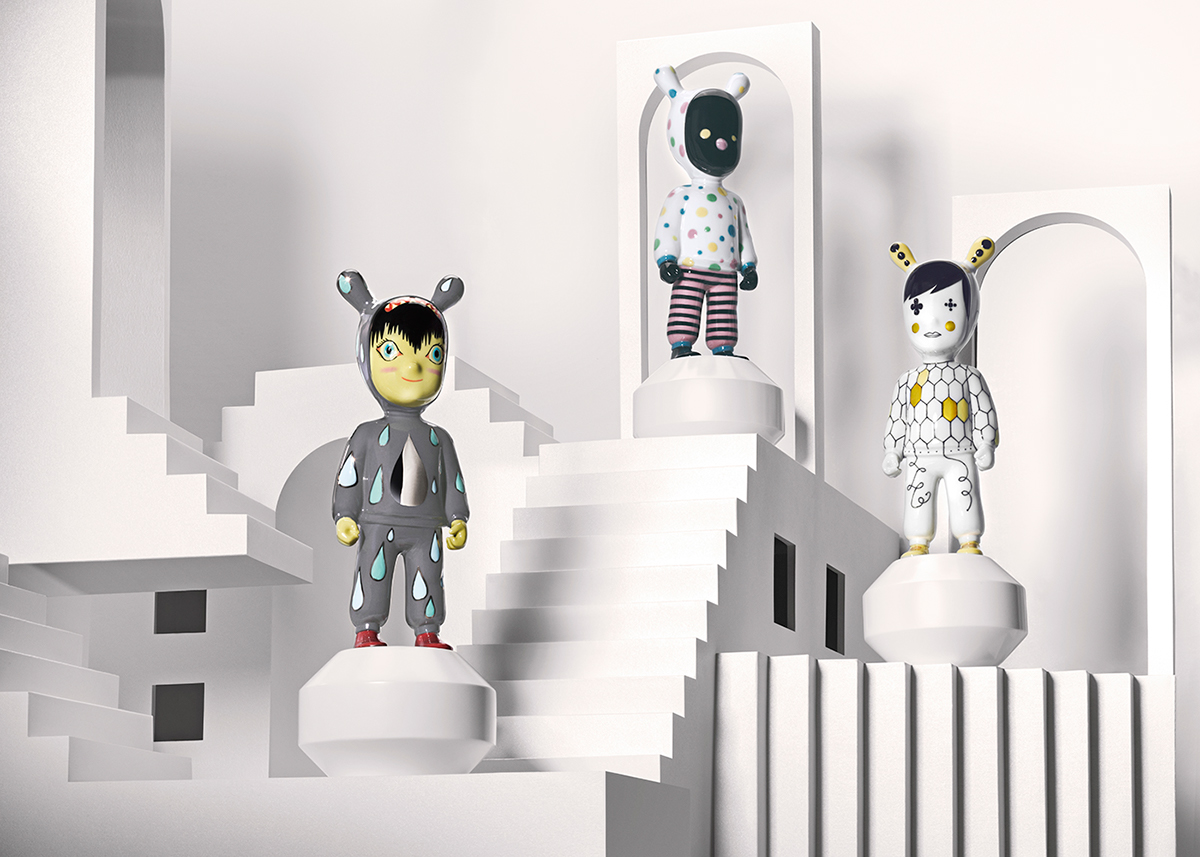

3. LIFE
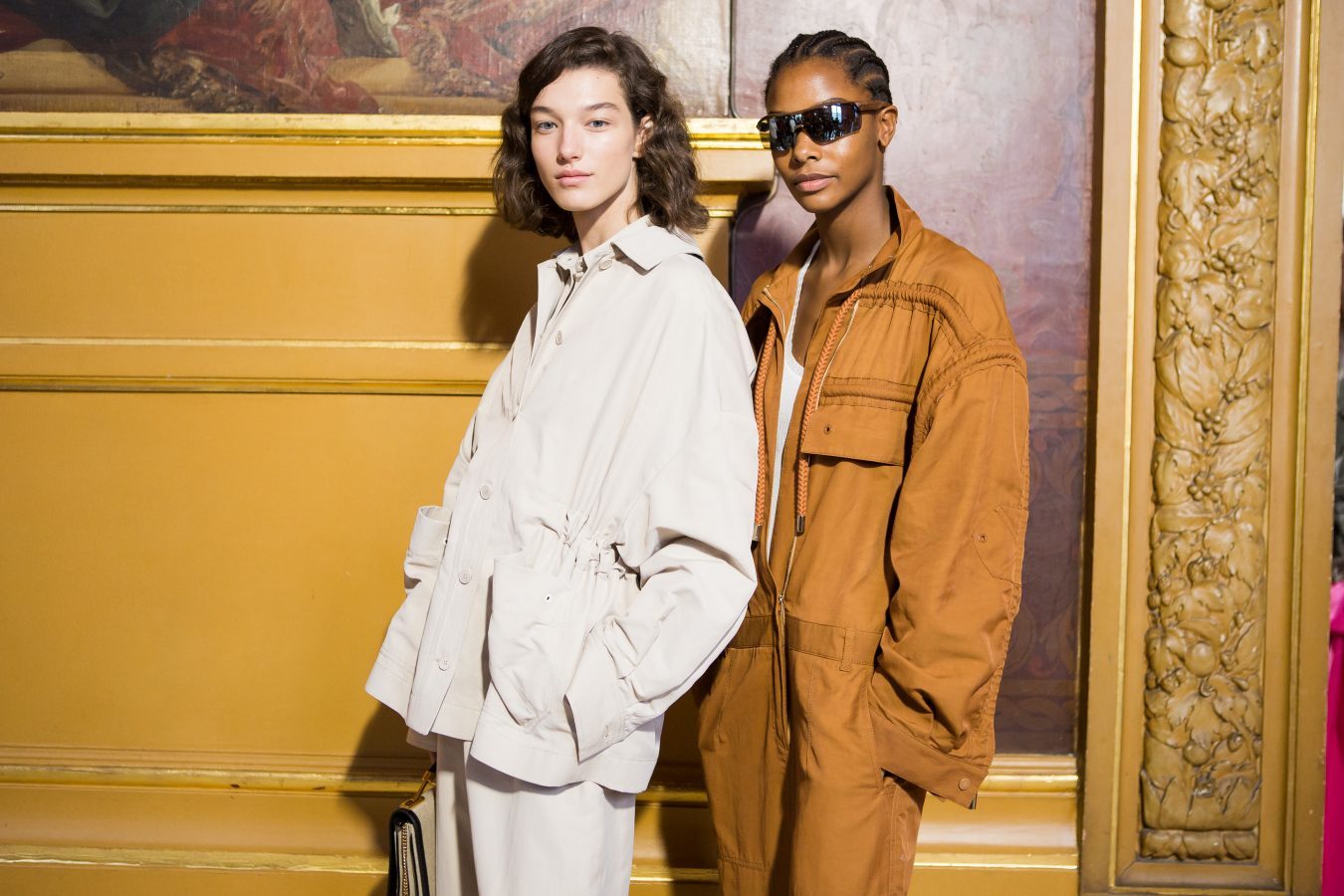
A minimalist trend that recovers a healthy lifestyle through moods and emotions. An evolution of the current “Horizon “ trend with differentiating tints.
References: Ecology, healthy lifestyle, veganism, noble materials such as wood, steel, botany, nature, works by Suzanne Anker, roots or designer Angela Luna, to name a few examples.
Silhouettes: Fluid patterns are worn and comfort is the main characteristic that is taken into account.
Colours: Green on green. White, vanilla and nude tones. The vegetal prints gain ground to the florals.
Fabrics: Natural fabrics , lightweight and handcrafted details.
Public: A purist consumer , lover of the slow life that treasures expensive clothes in the wardrobe, but more durable

4. NATIVE

A trend of folk spirit that the tribes have, the feeling of belonging and refers back to the origins. The boho -chic style in its wildest version.
References : Ethnic and cultural miscegenation, mysticism, roots, nomadic, desert landscapes, elements of nature, talismans, Xavier Noël’s artistic totems , trips to lost paradises, handicrafts, urban Aborigines …
Silhouettes : An intermingling of baggy patterns with tight-fitting garments in a style that combines the casual with the sexy. The Madras check pattern.
Colours: Earth tones, green camouflage, orange and blue combination, yellow tones, gradients … Tonalities found in the sky and the earth.
Fabrics : Rustic and handmade reminiscences. Crochet fabric and draped clothes.
Public: A more impulsive profile that fits in with an it girl or it boy. They look for singularity through an aesthetic that advocates the ancestral side.
